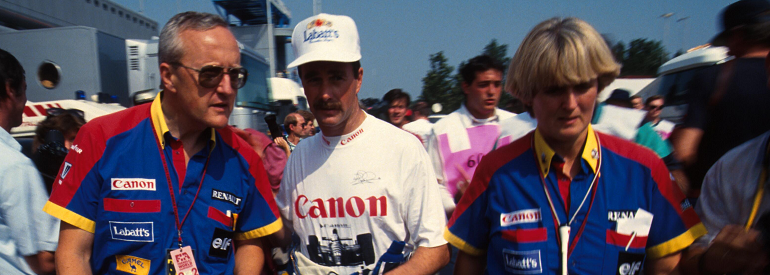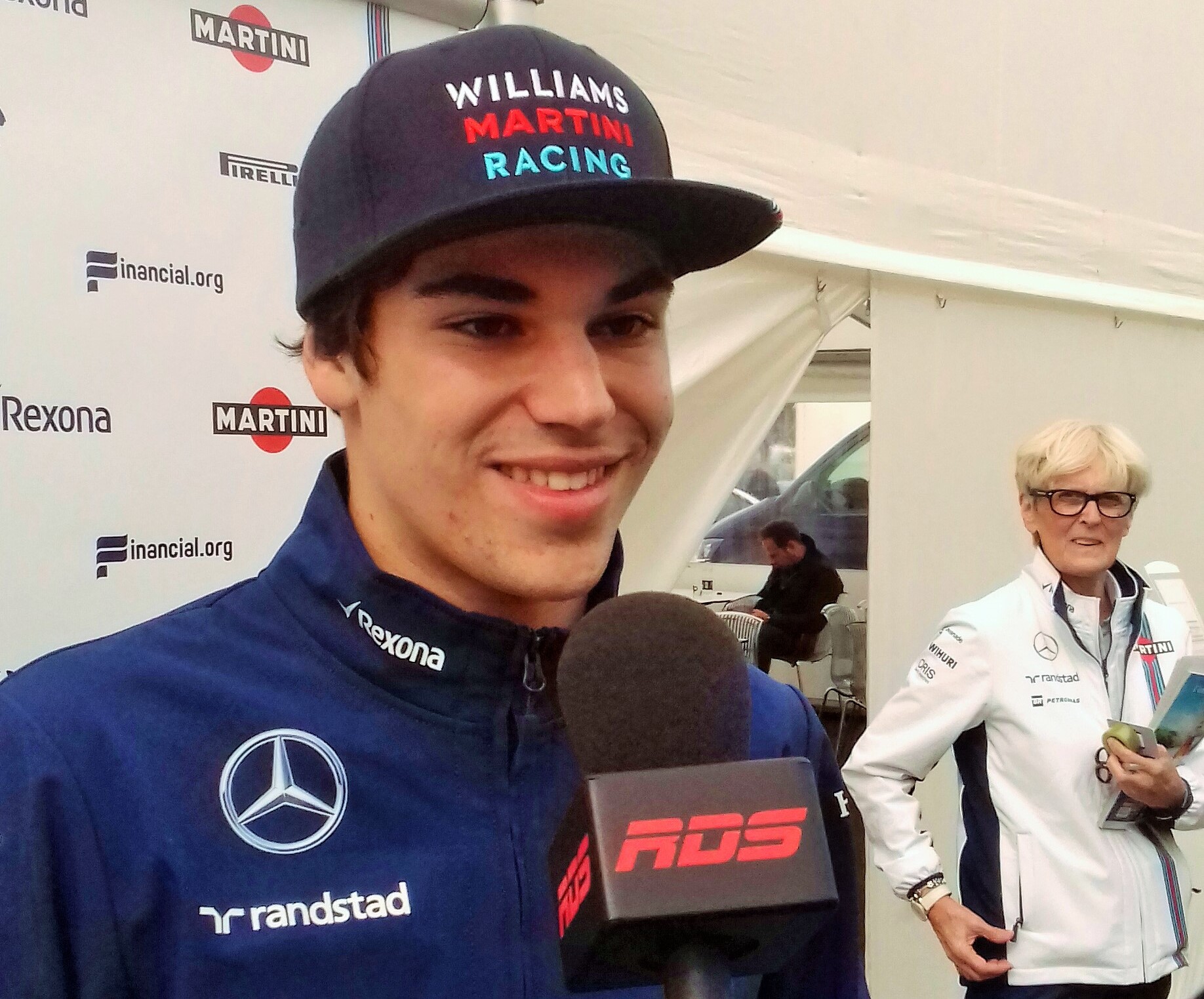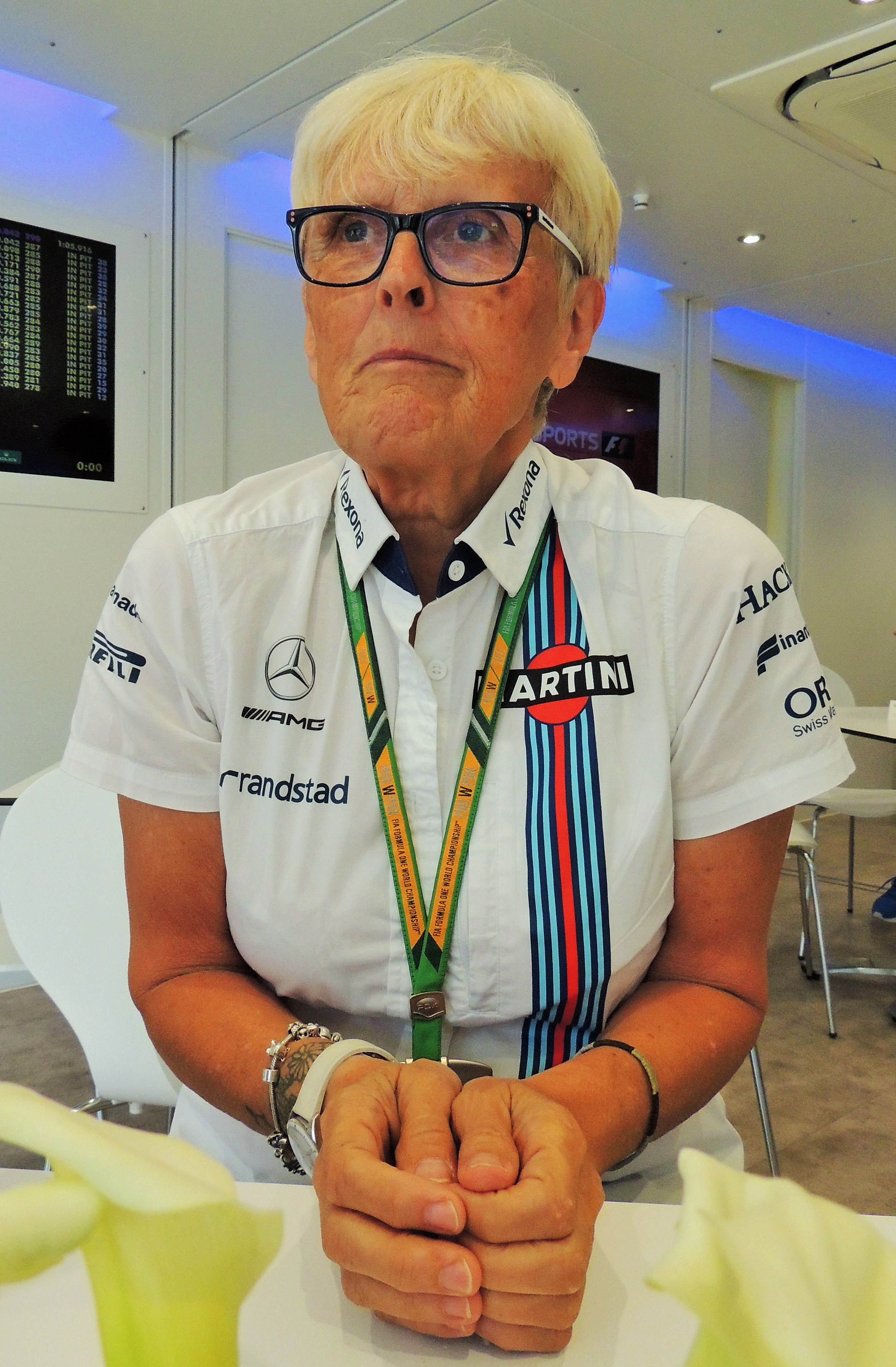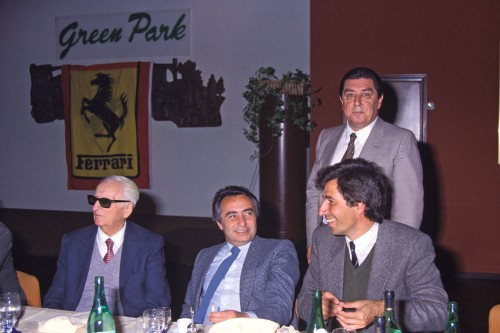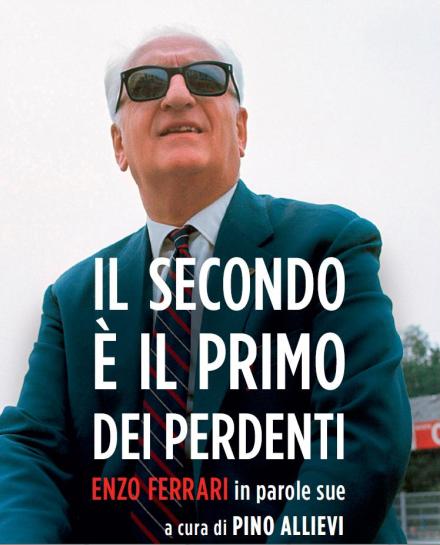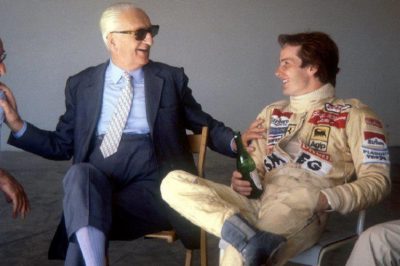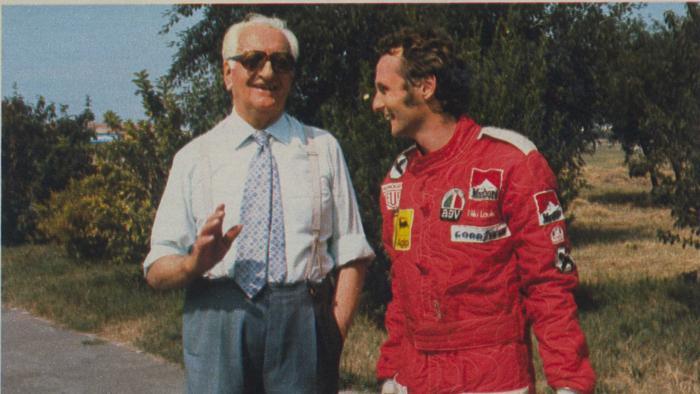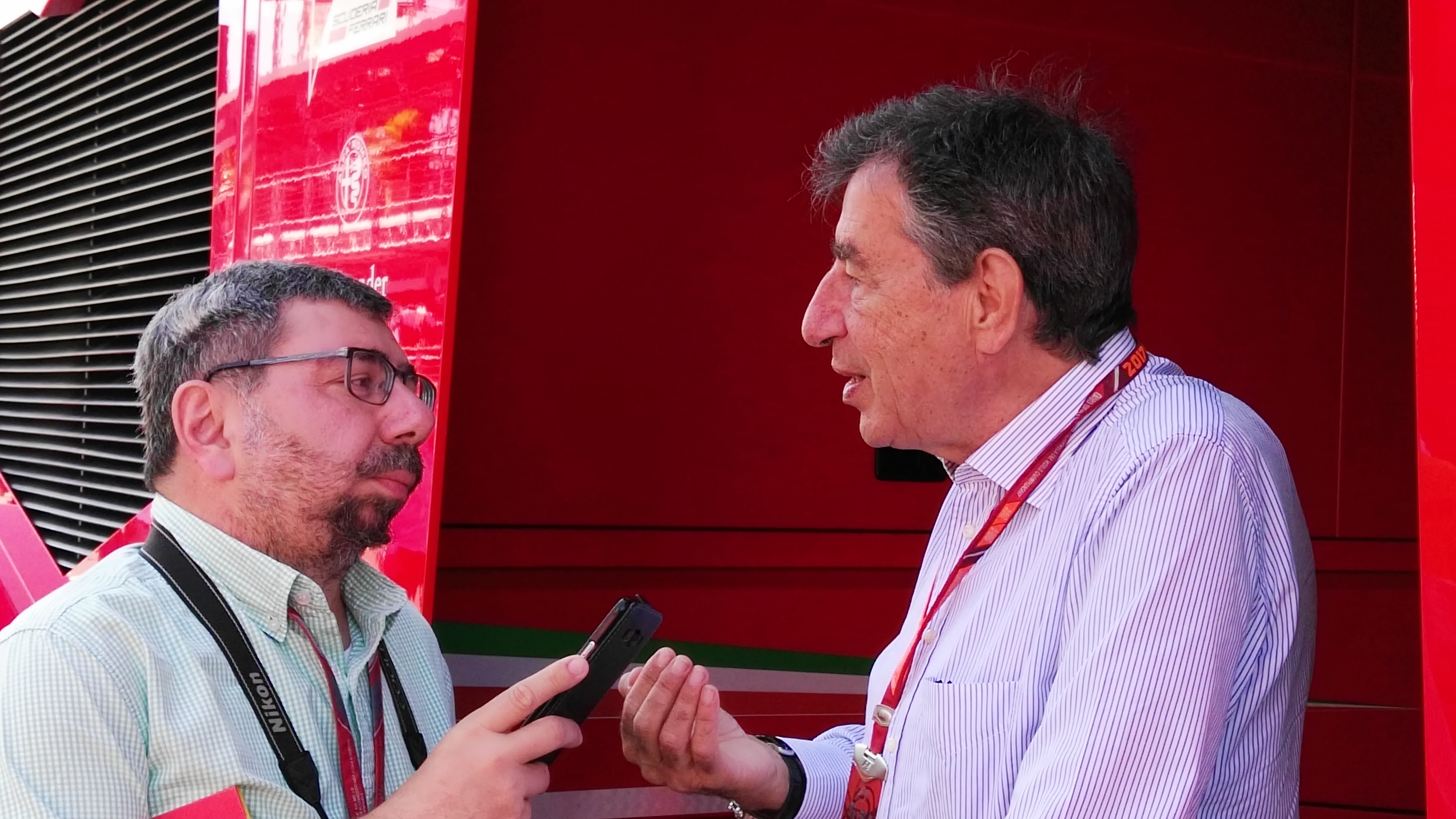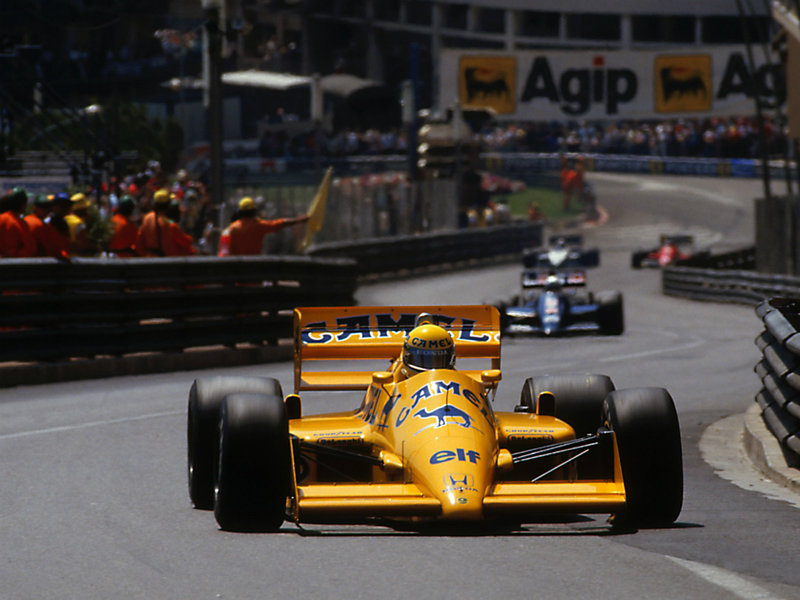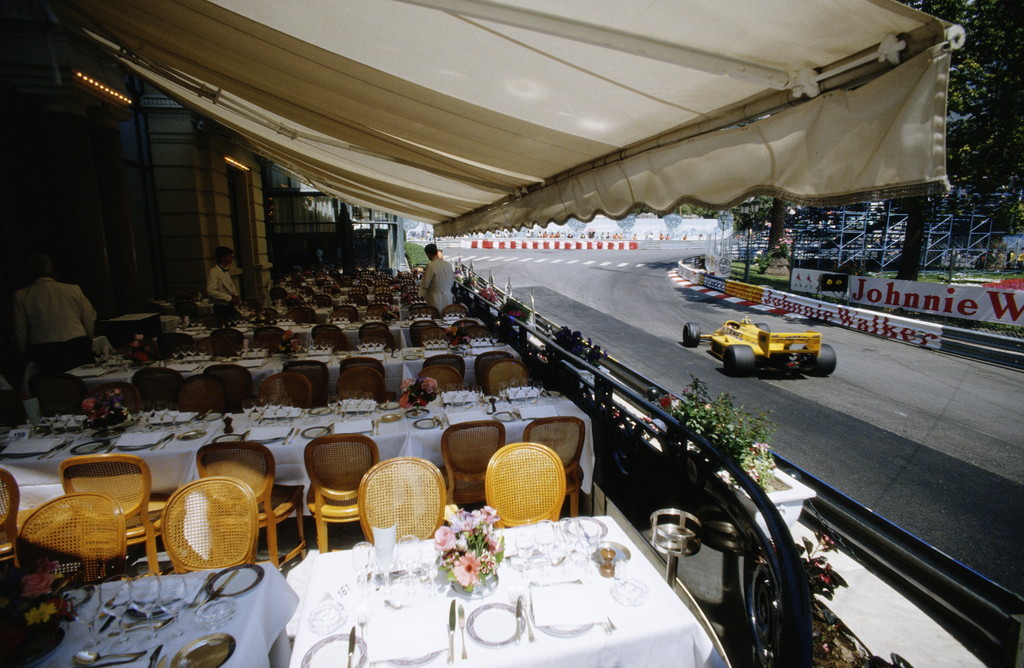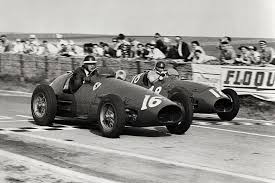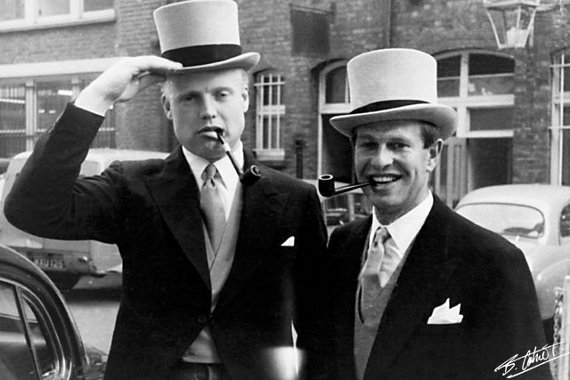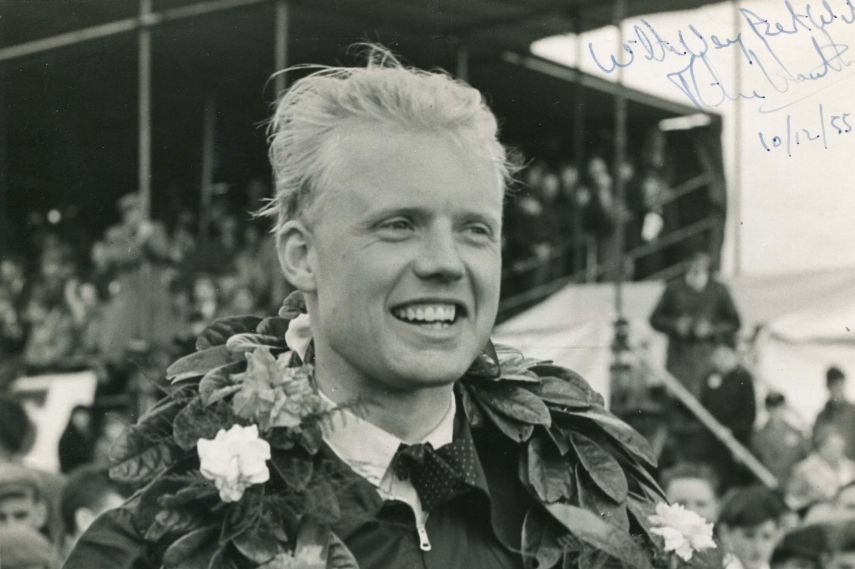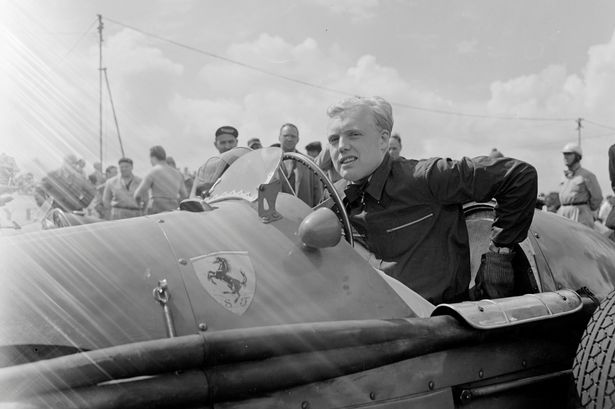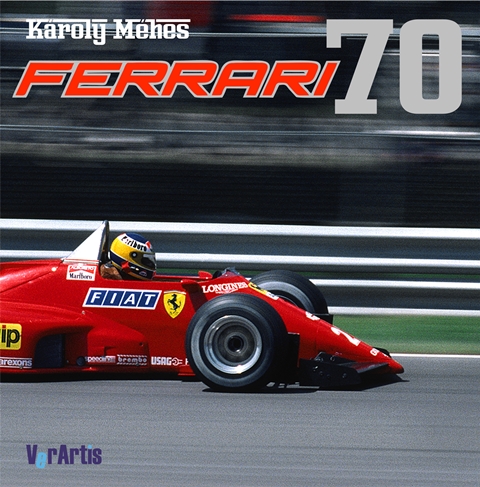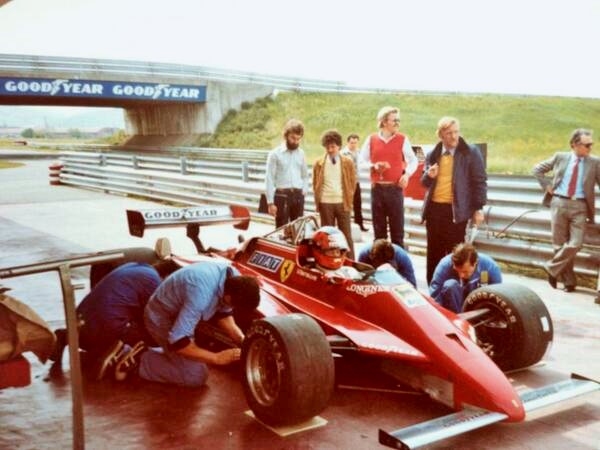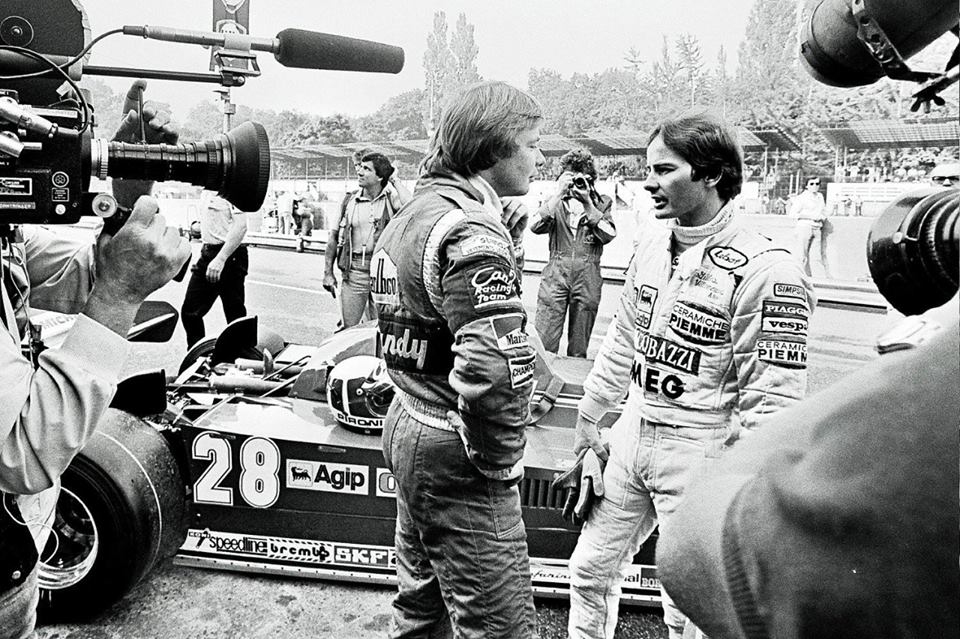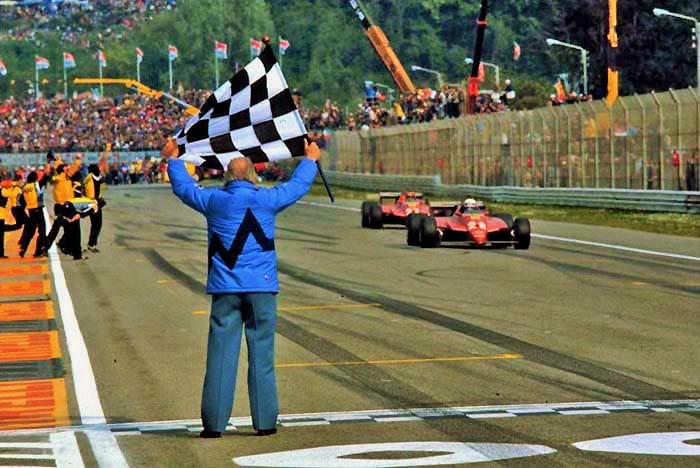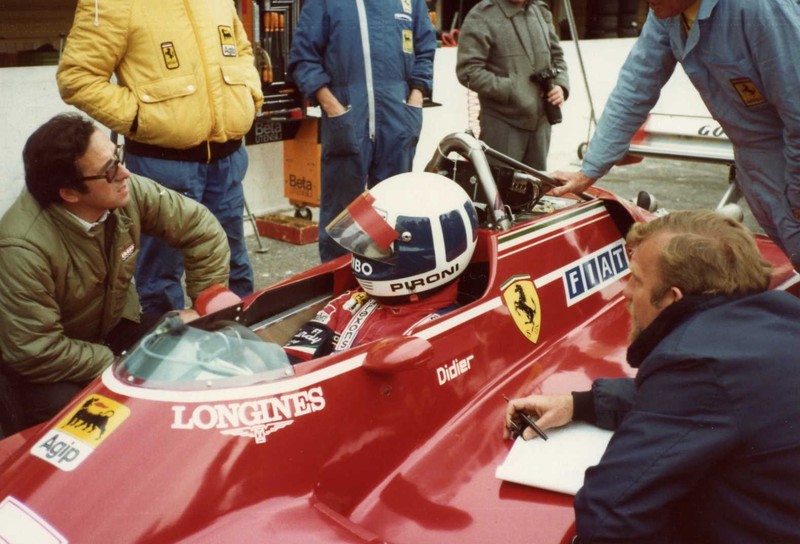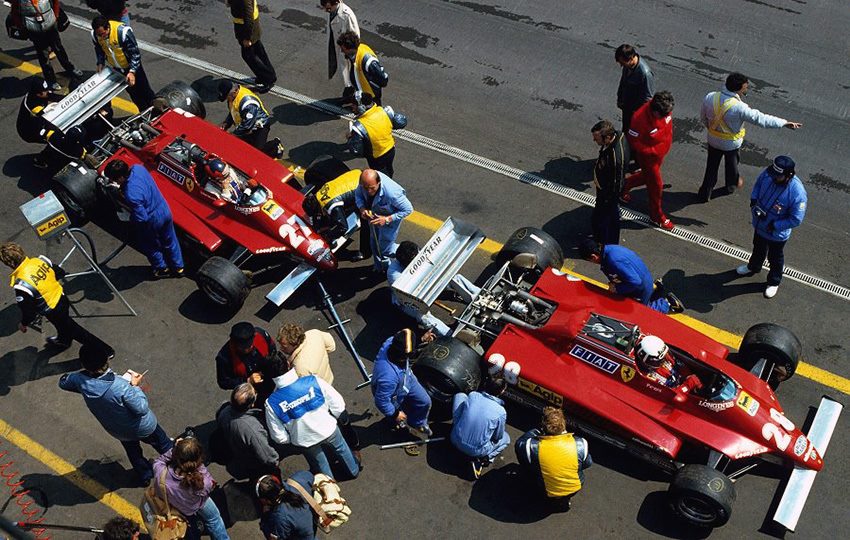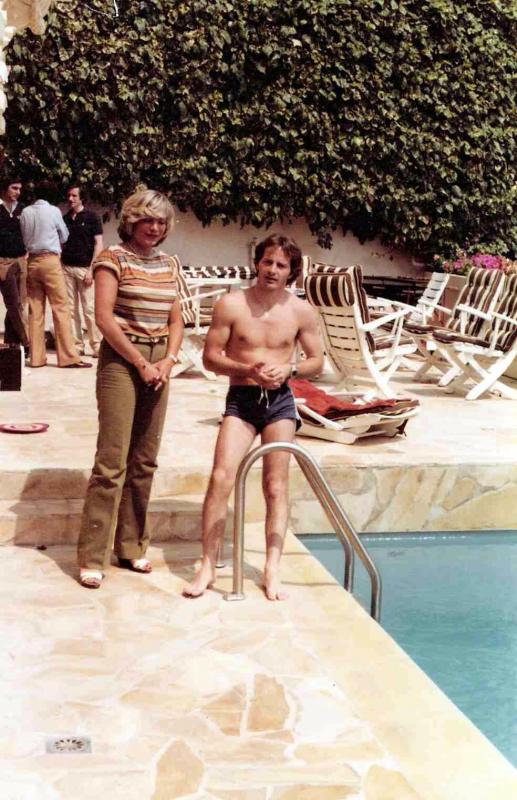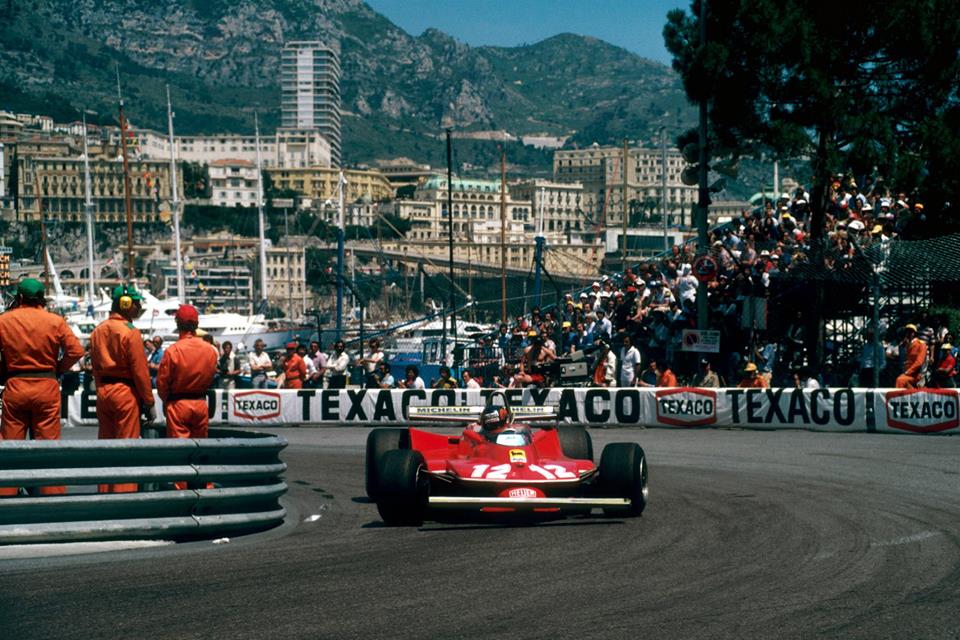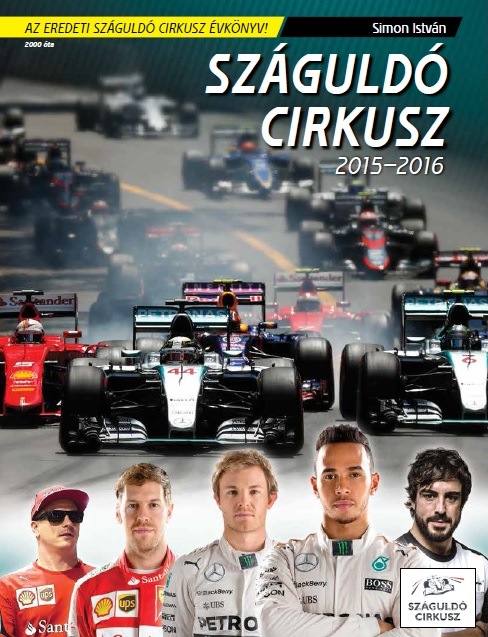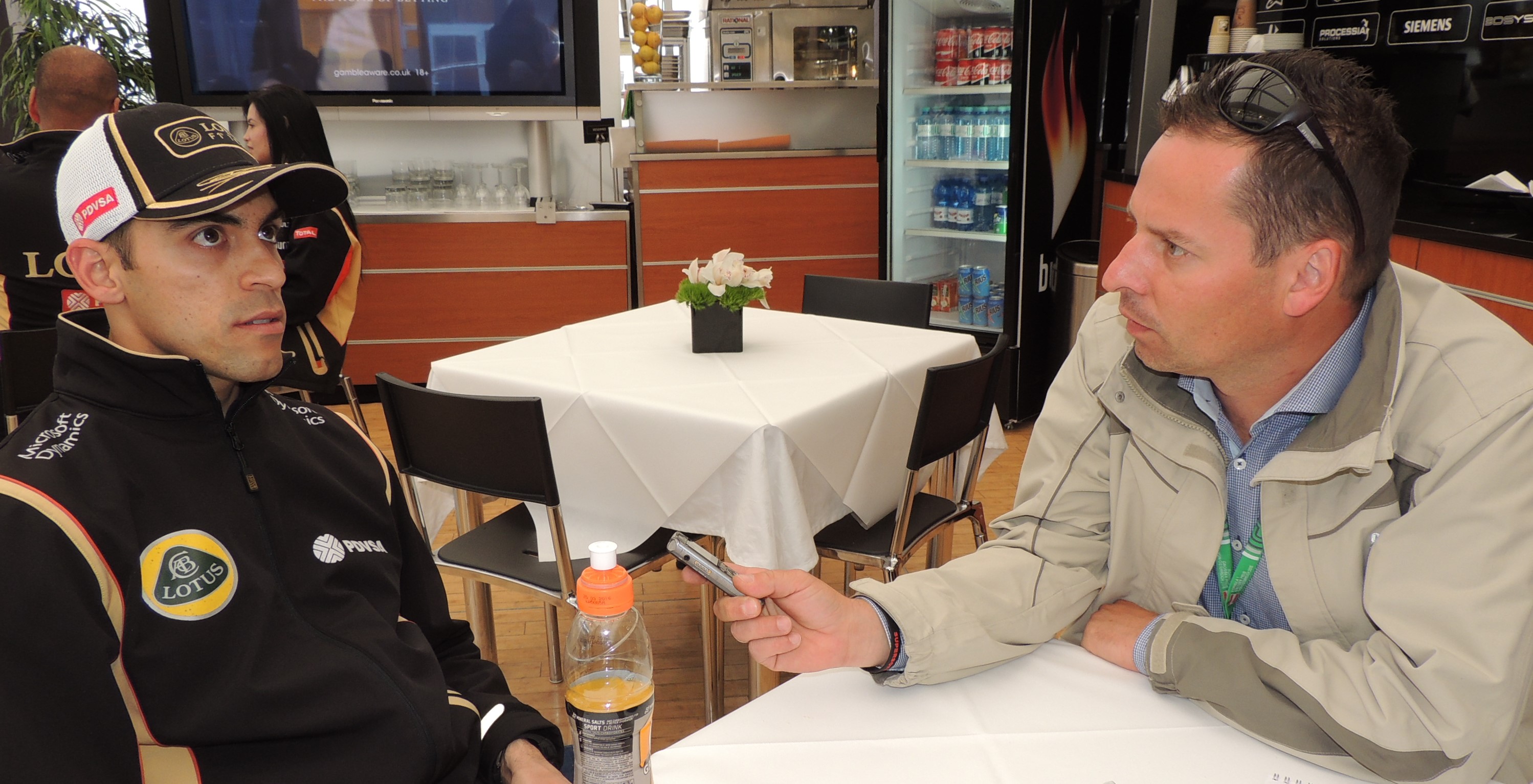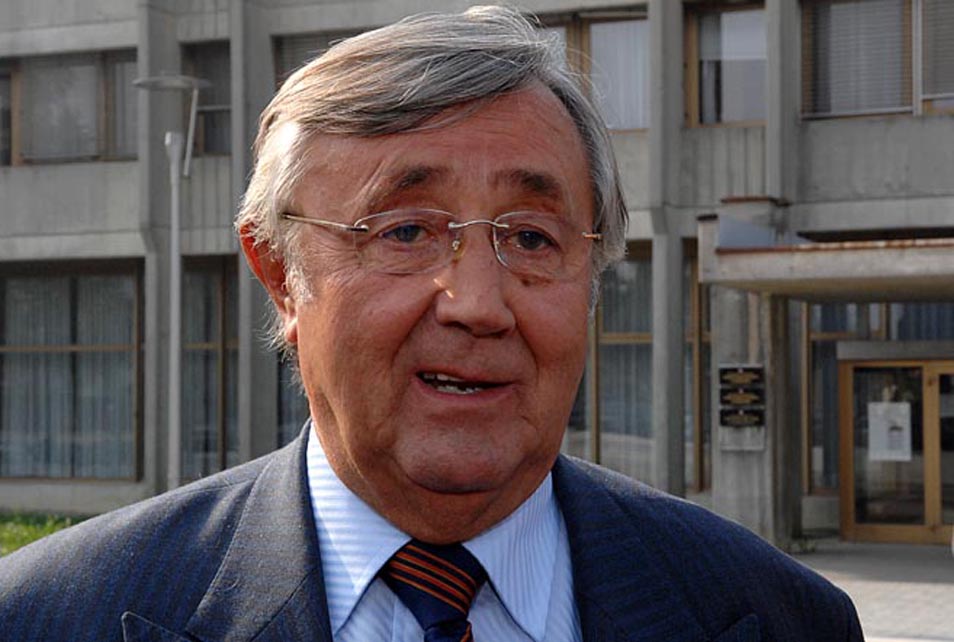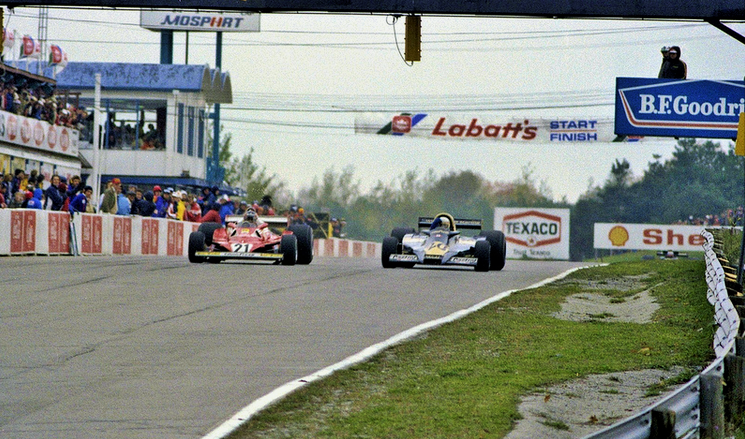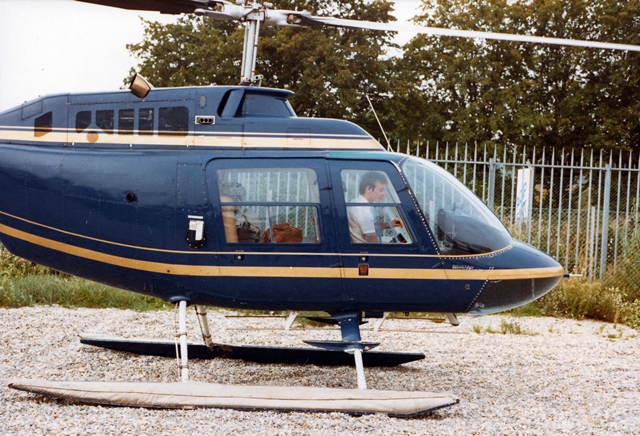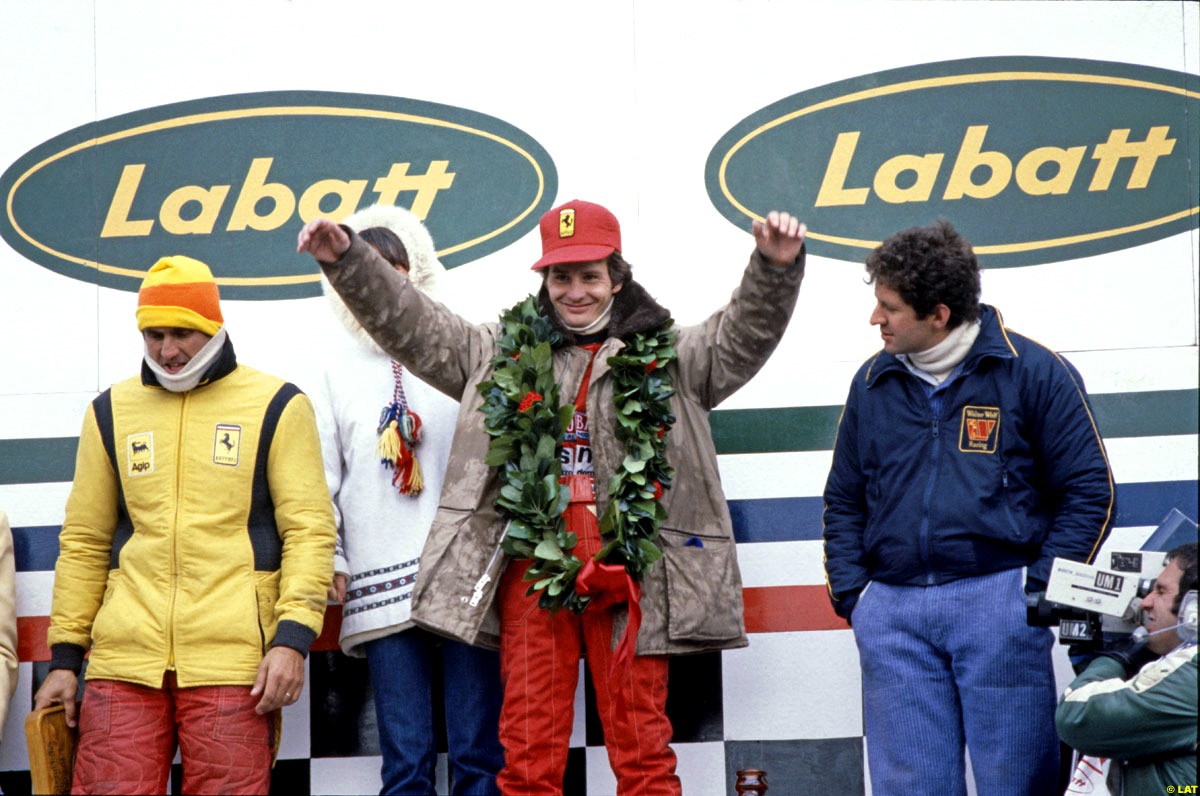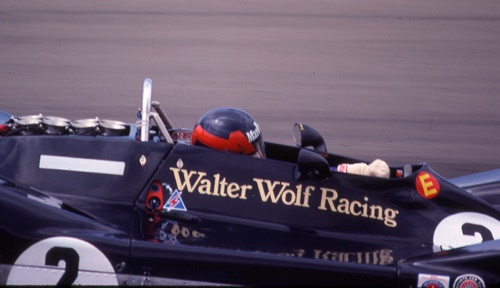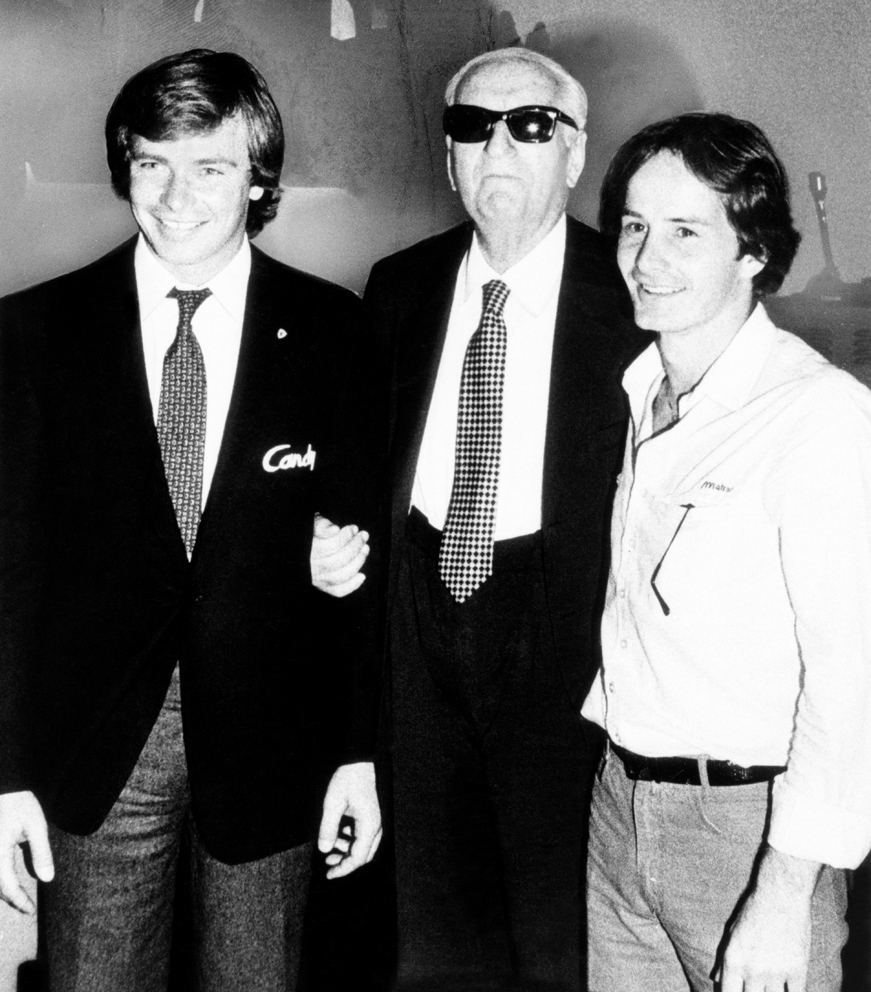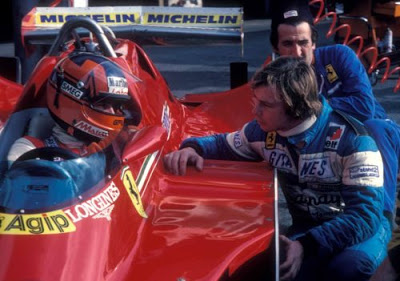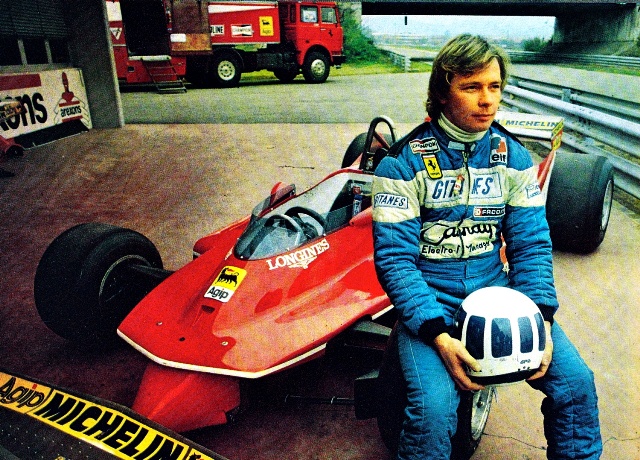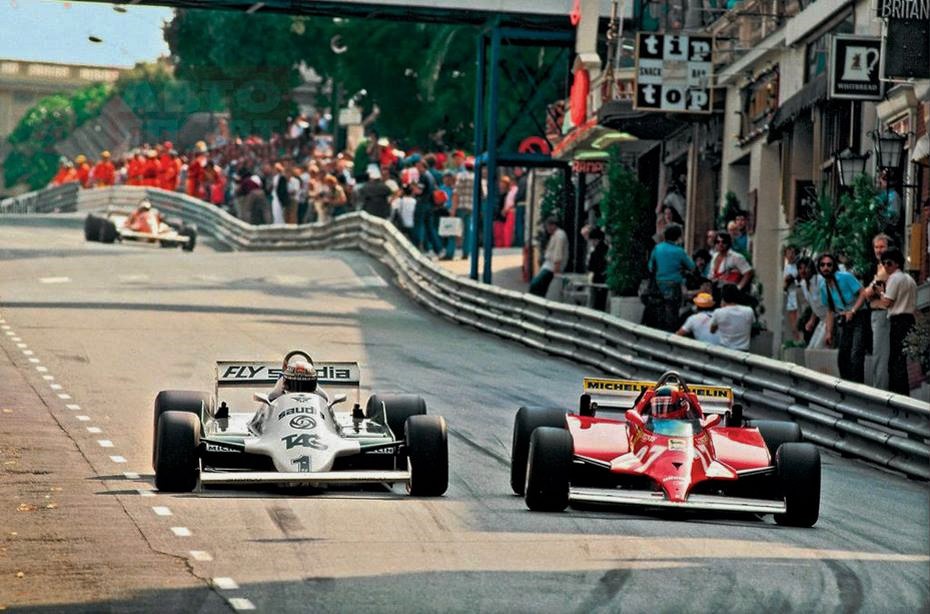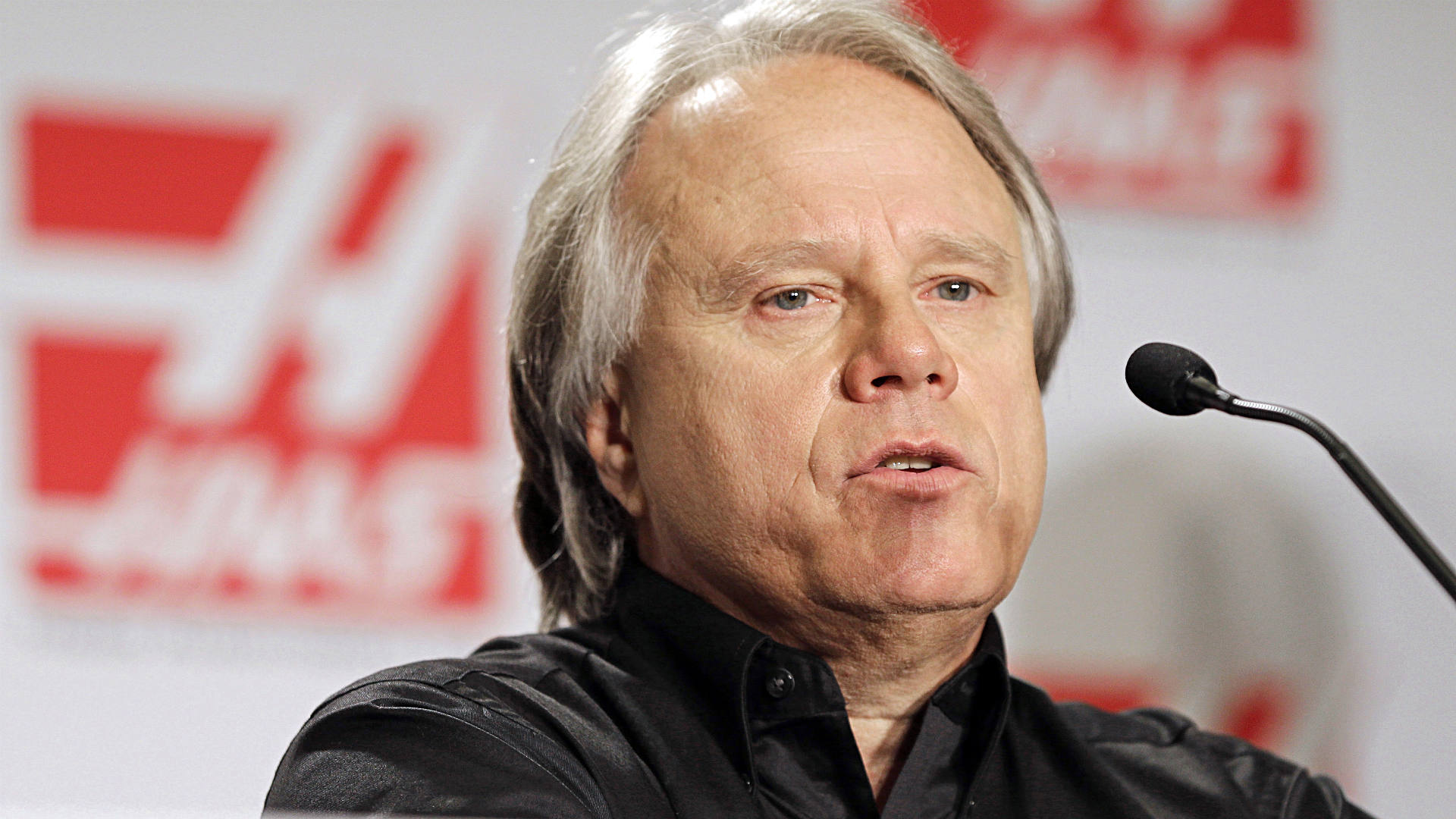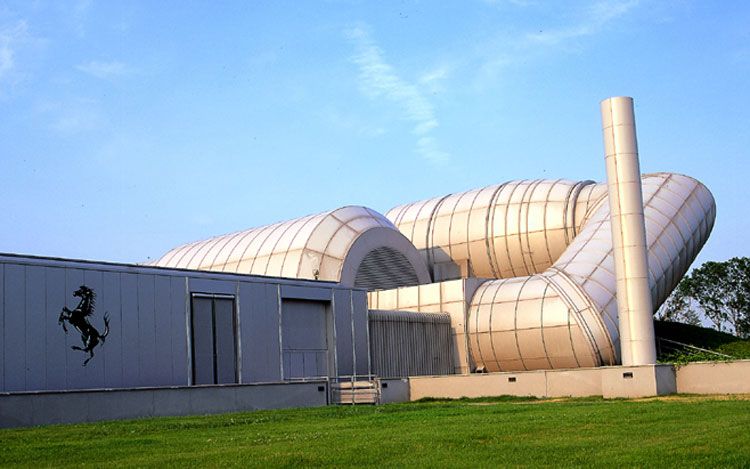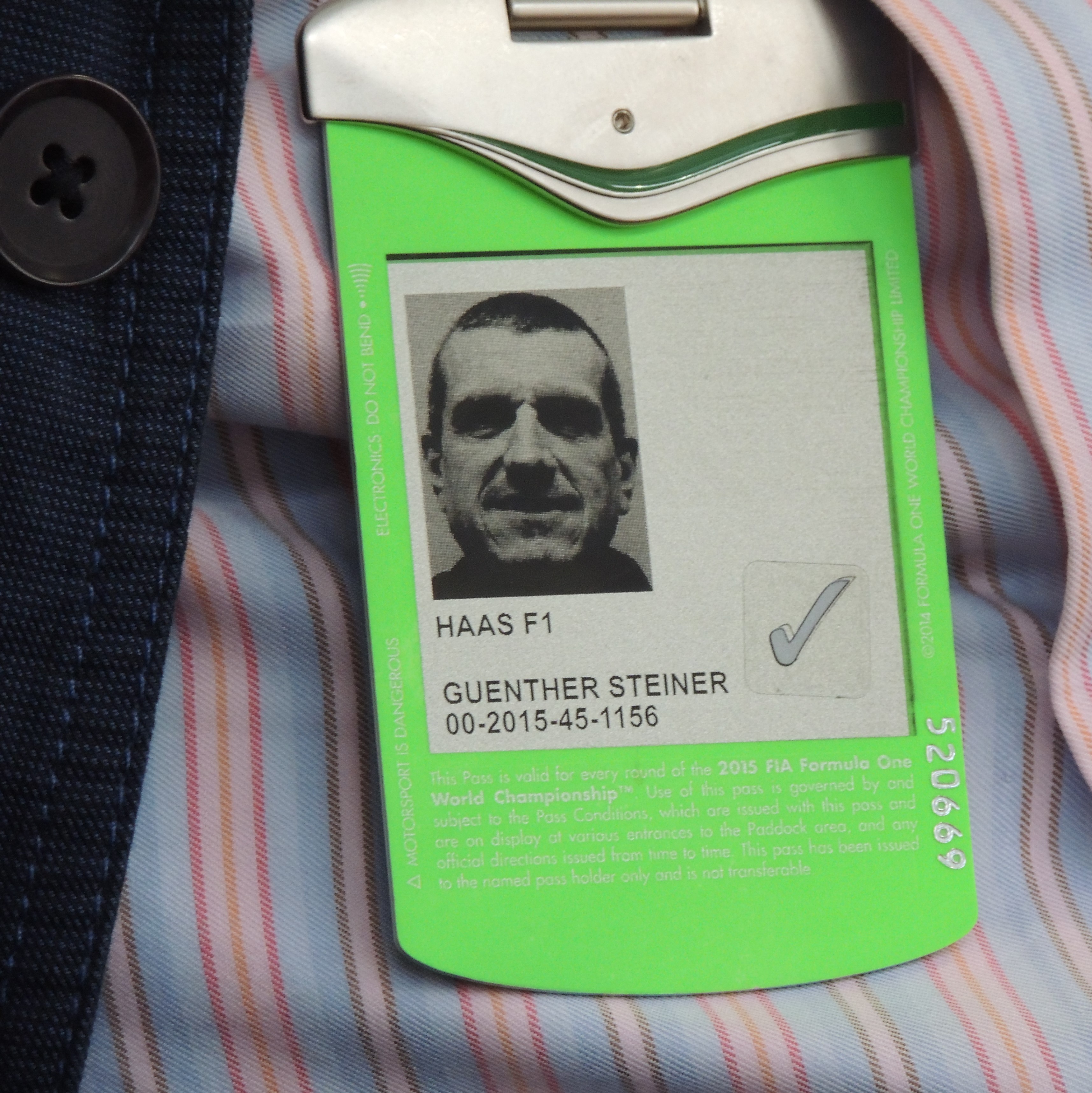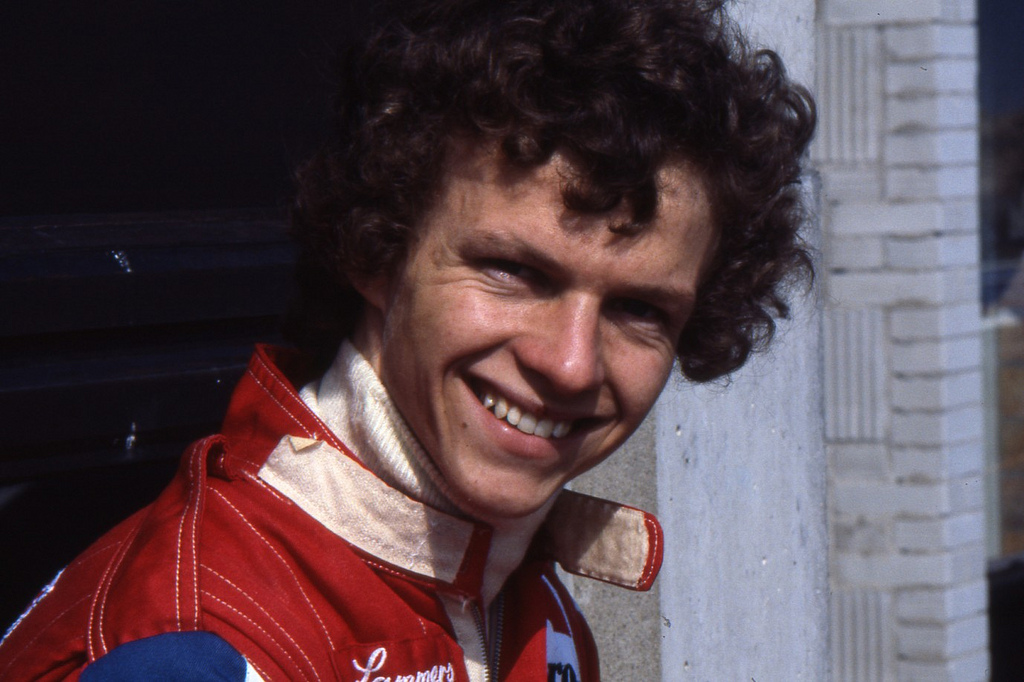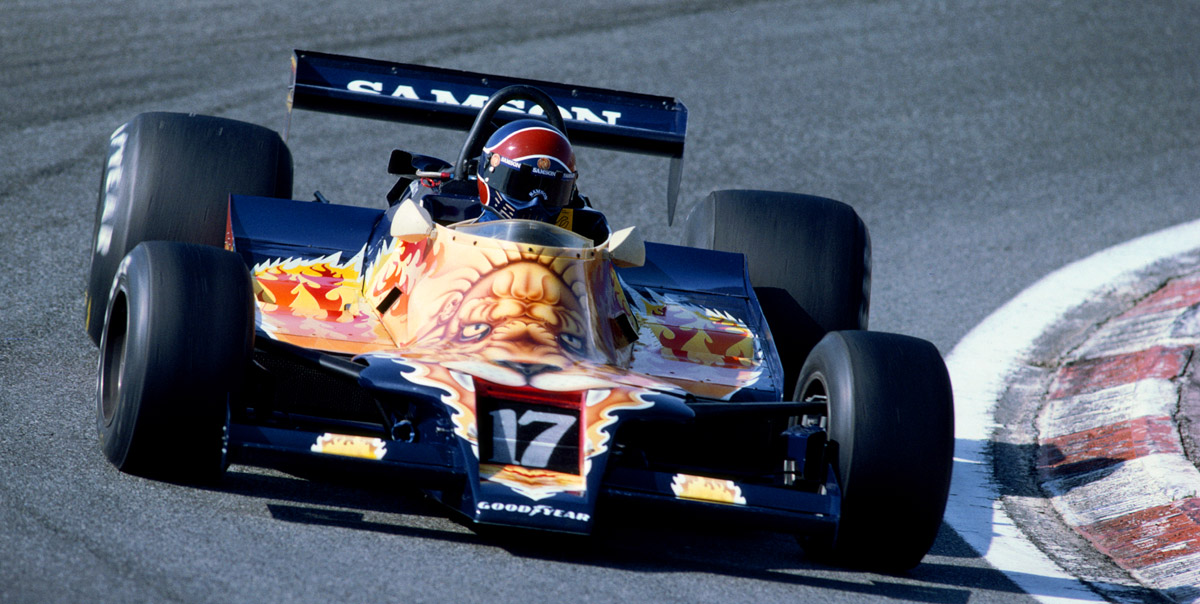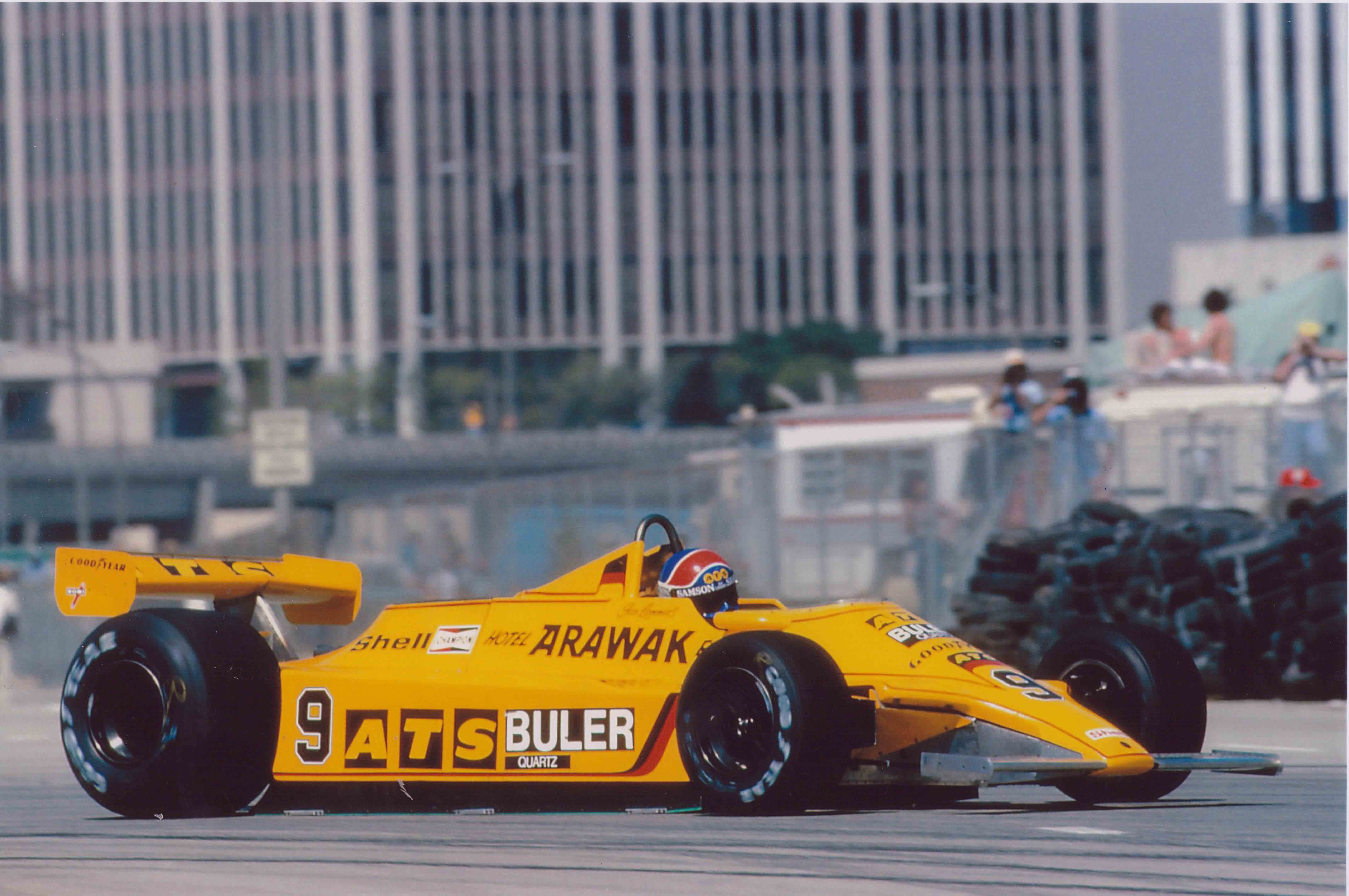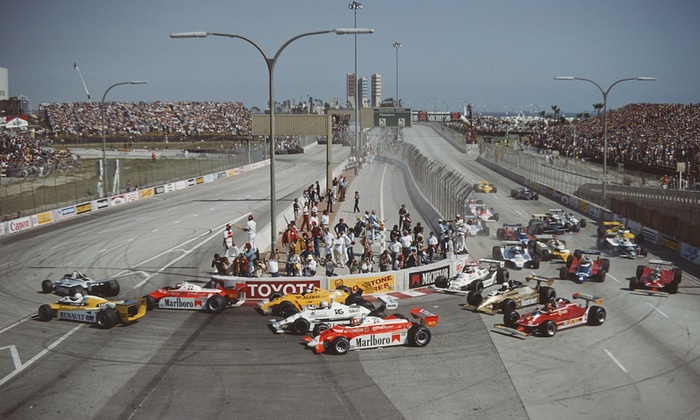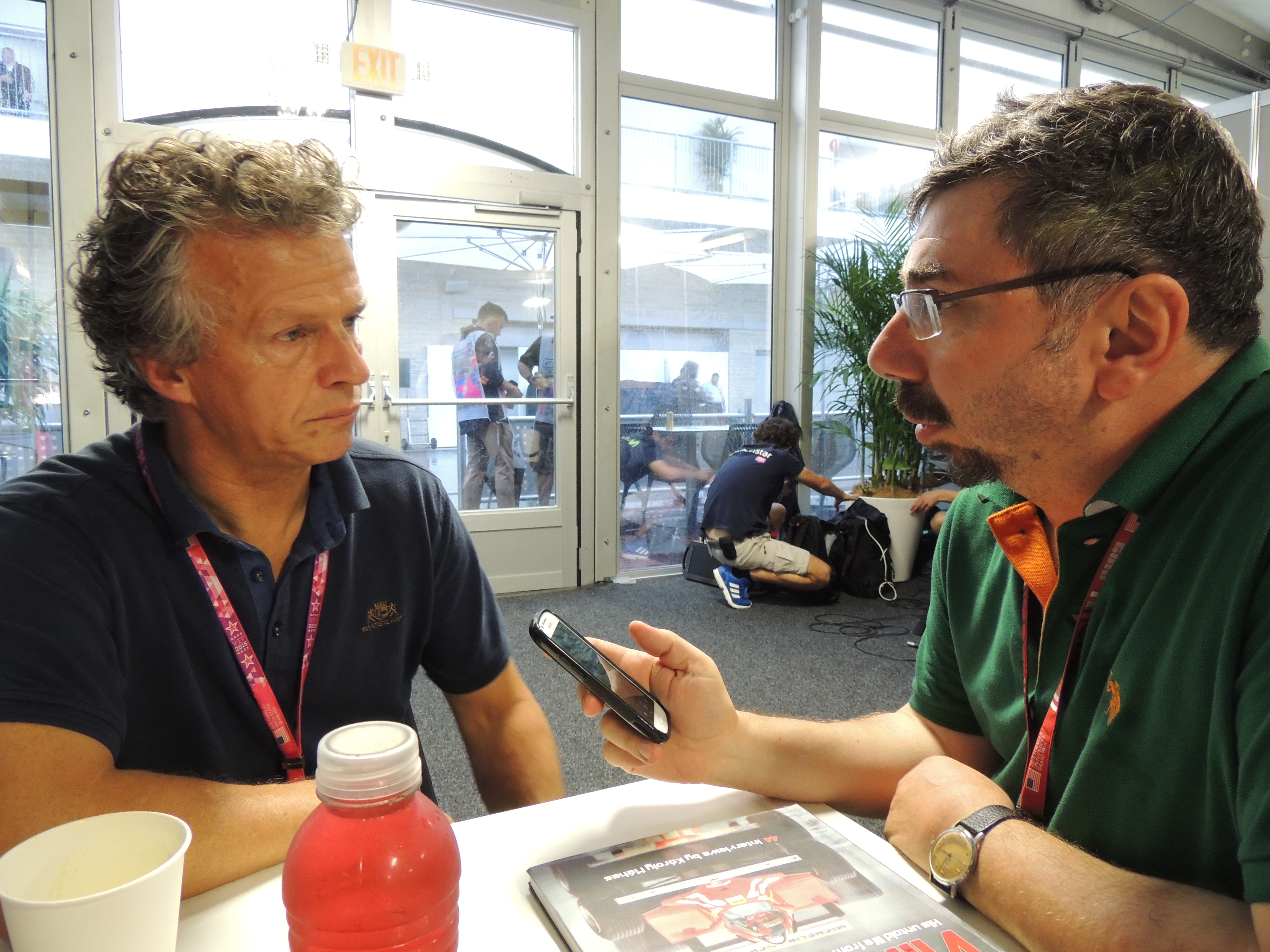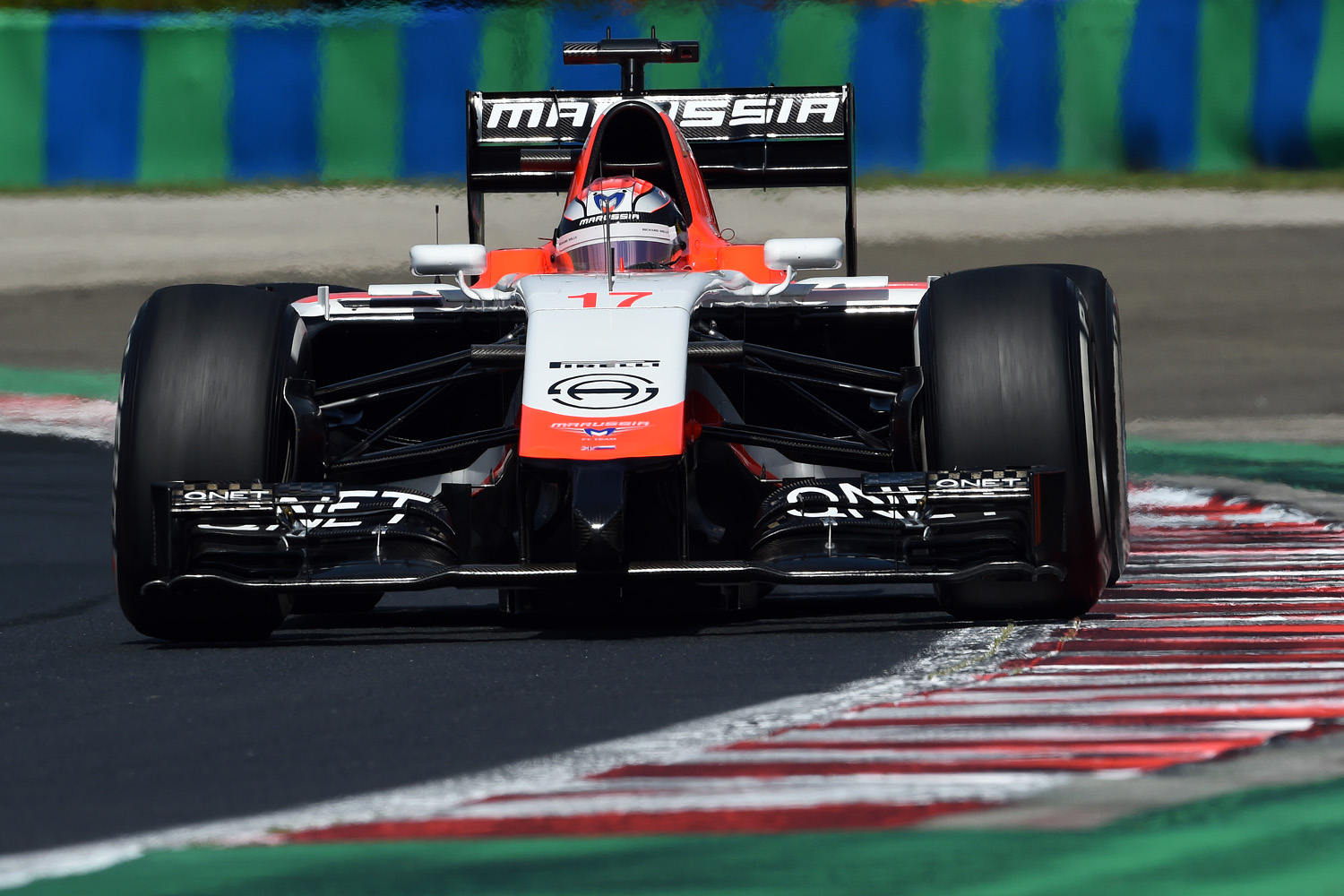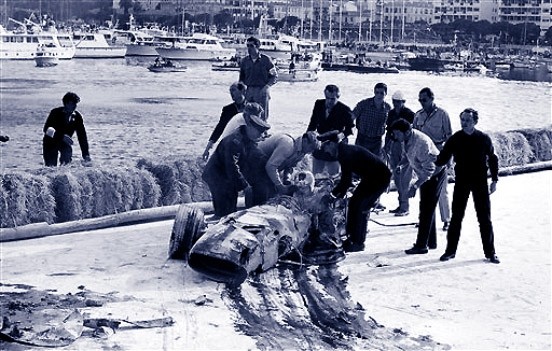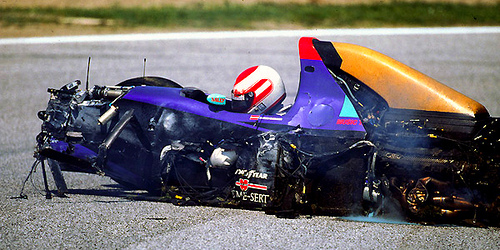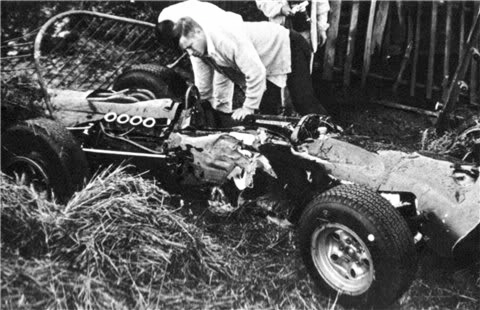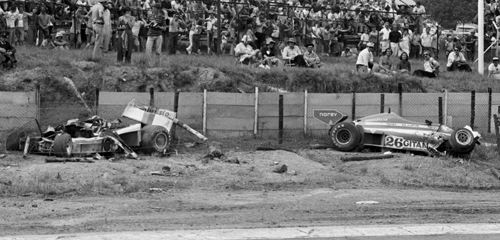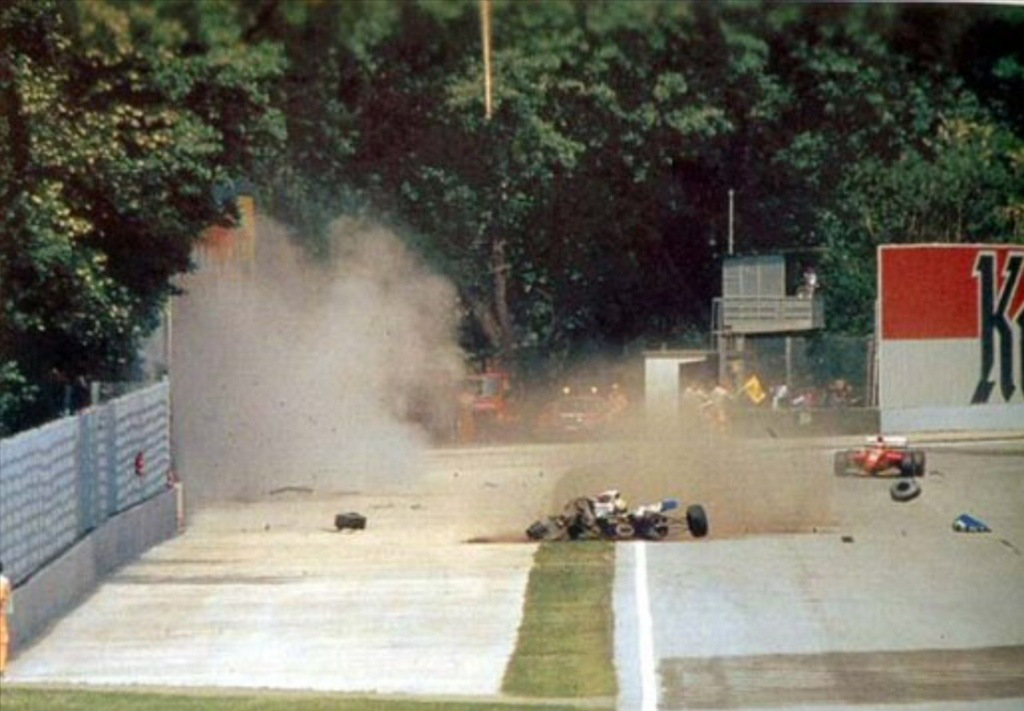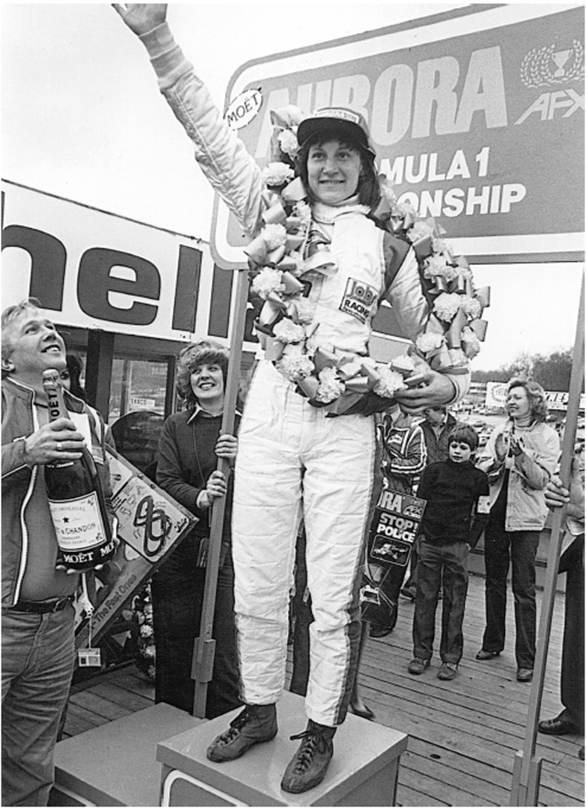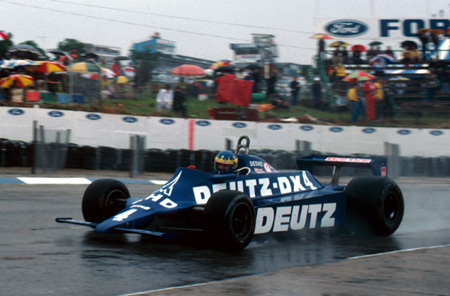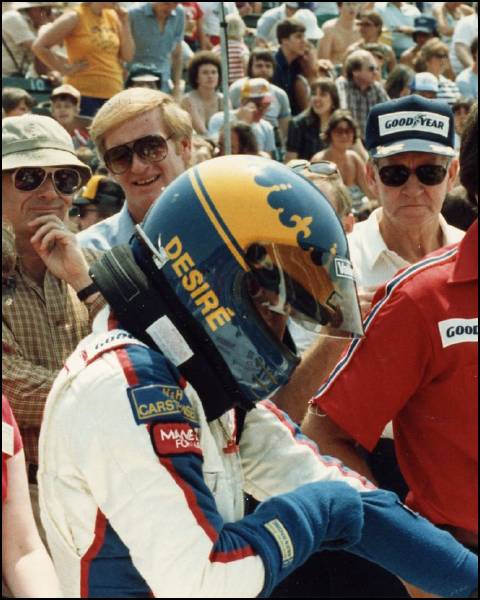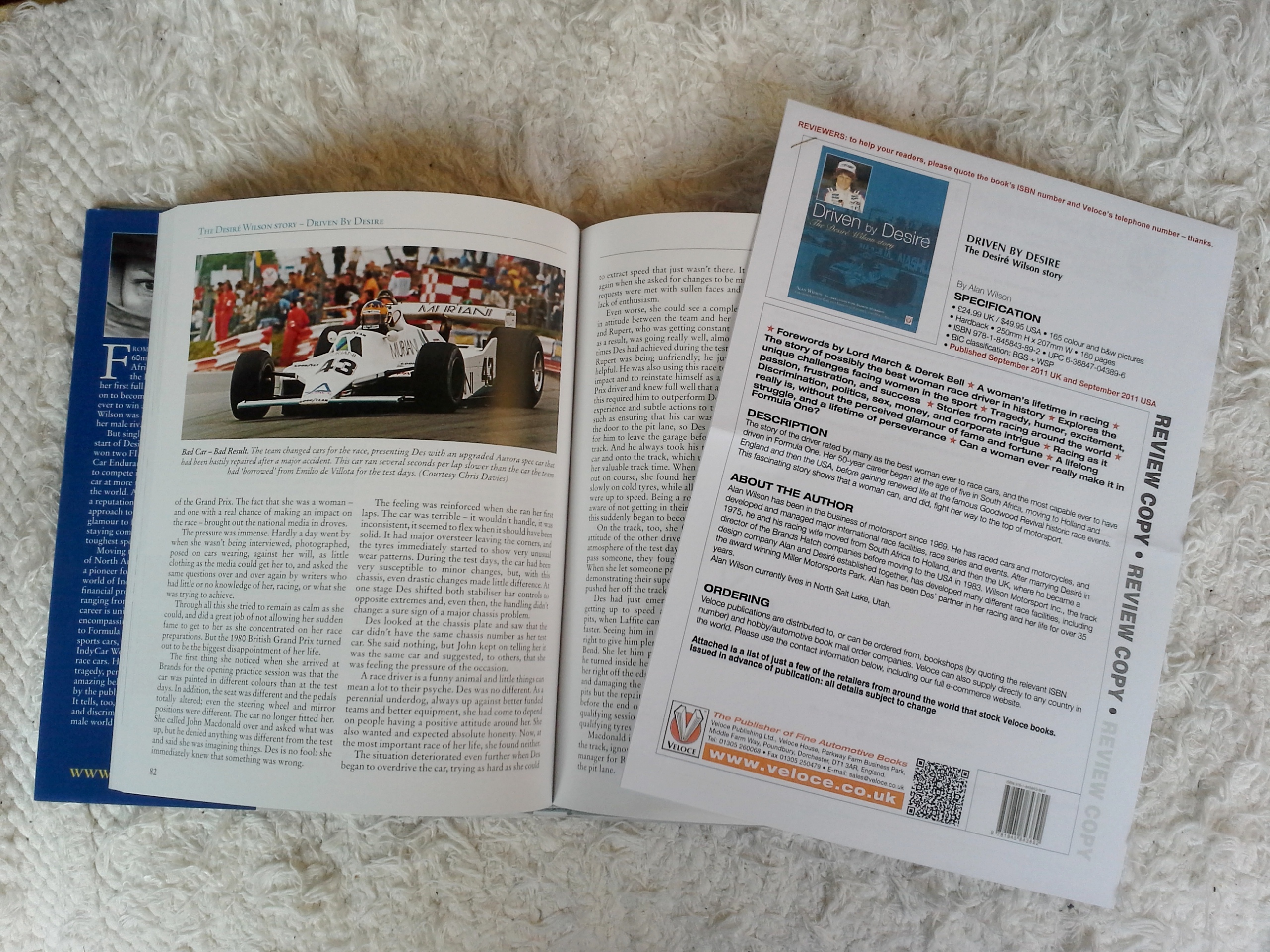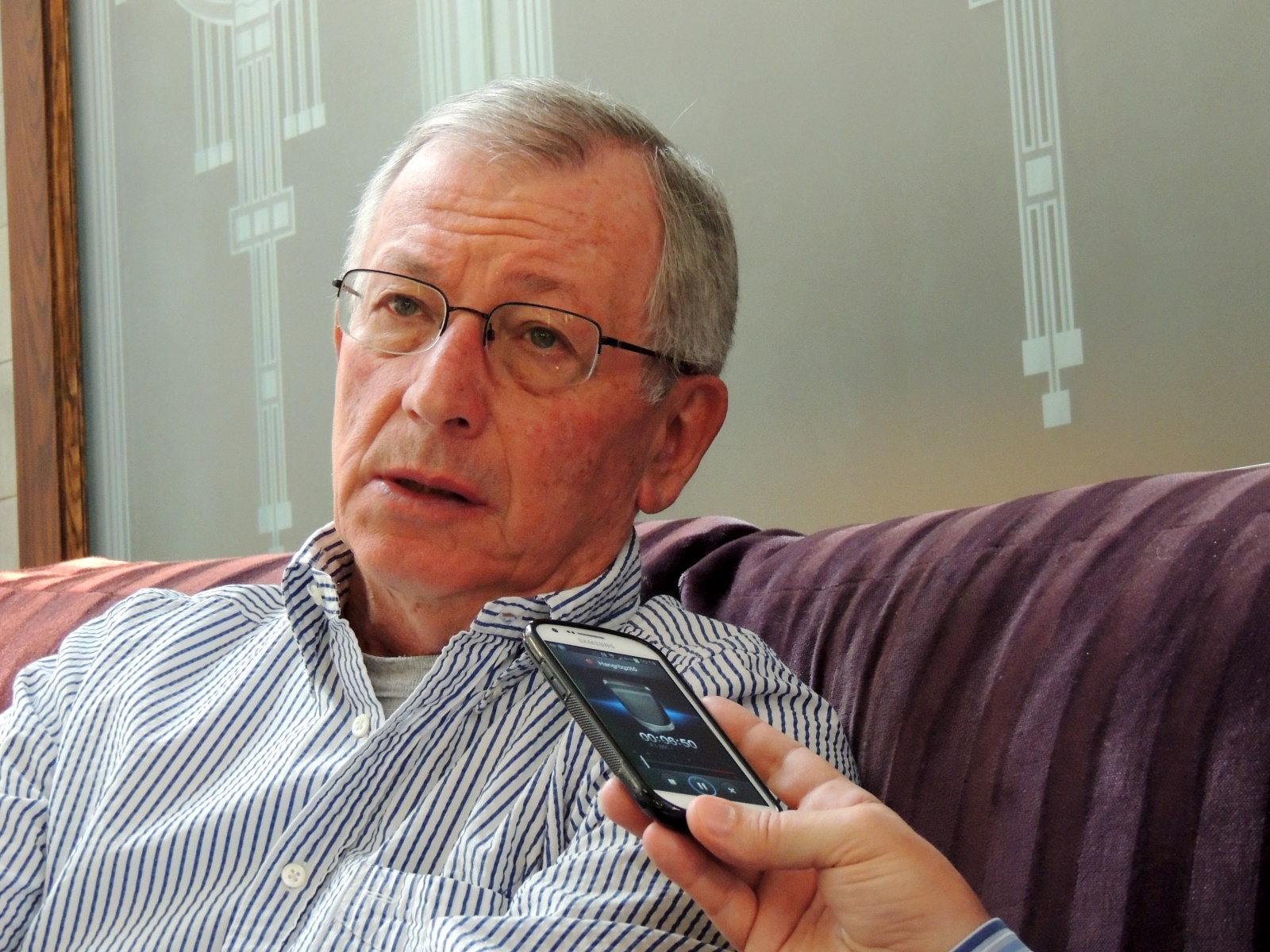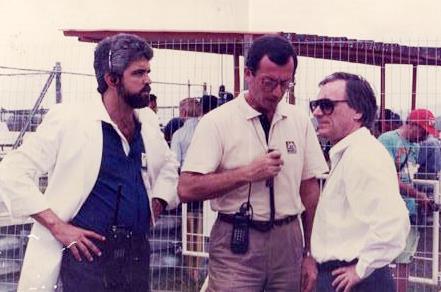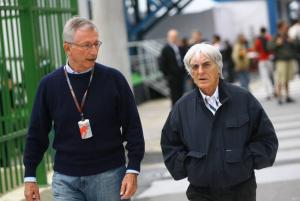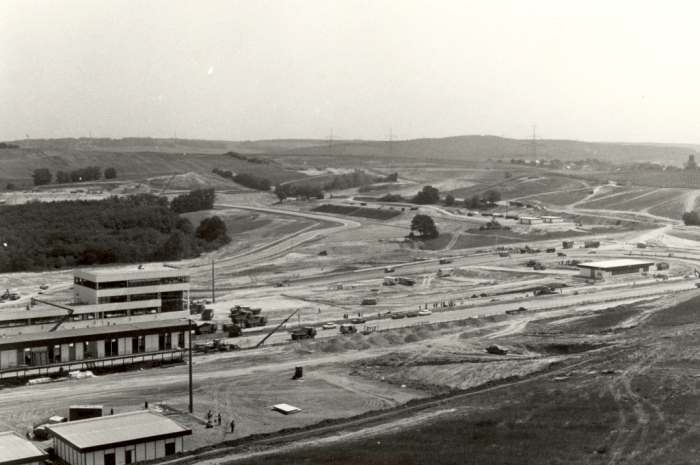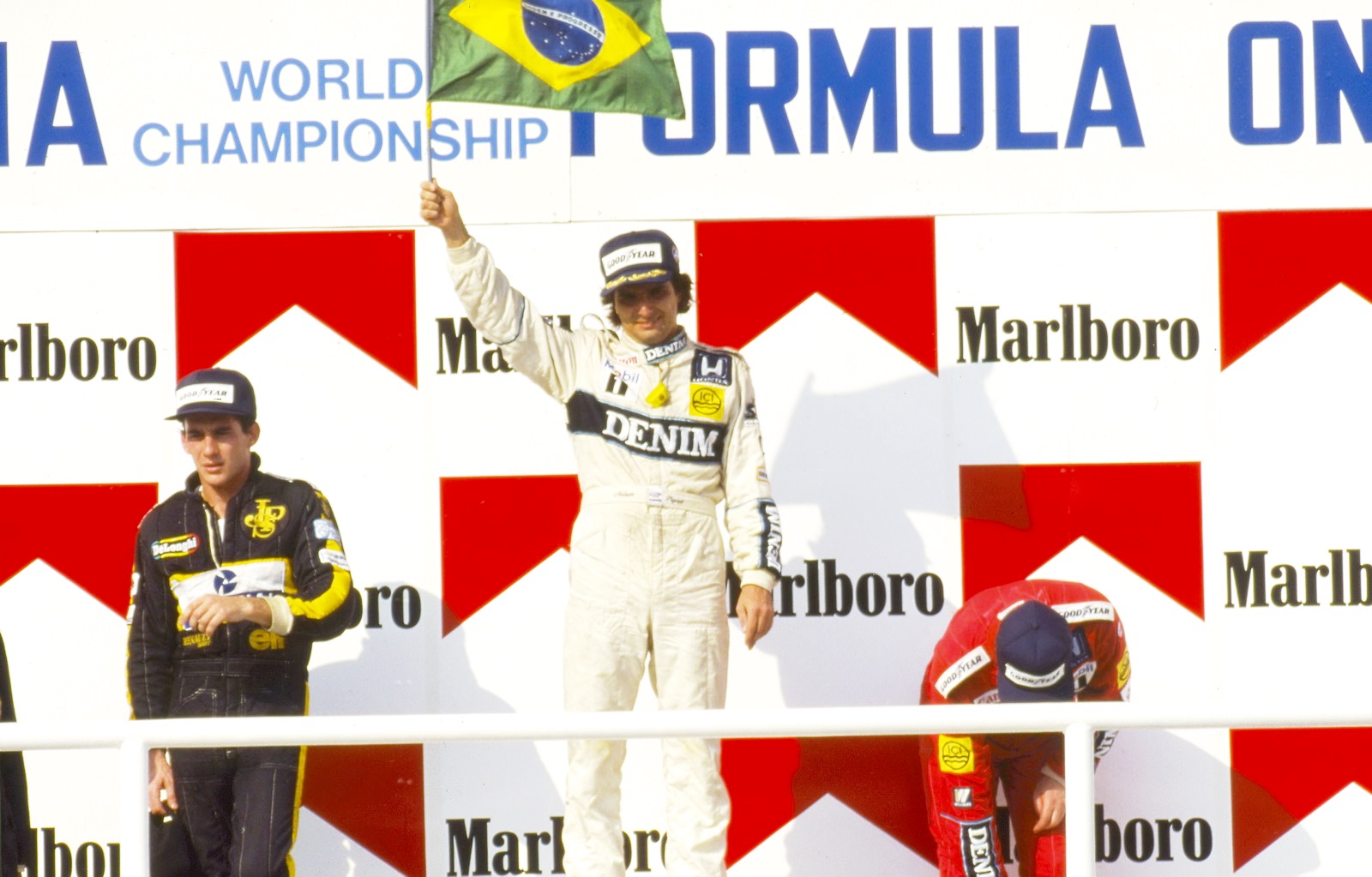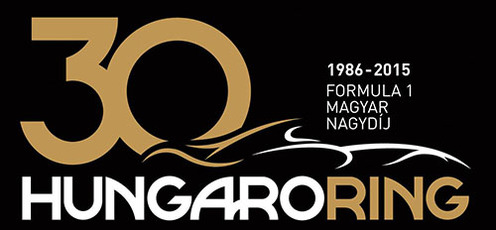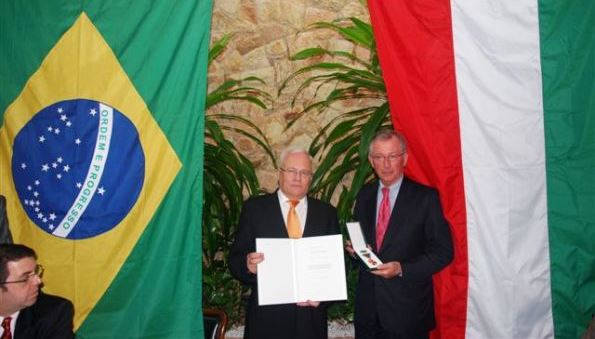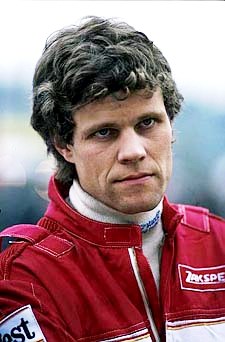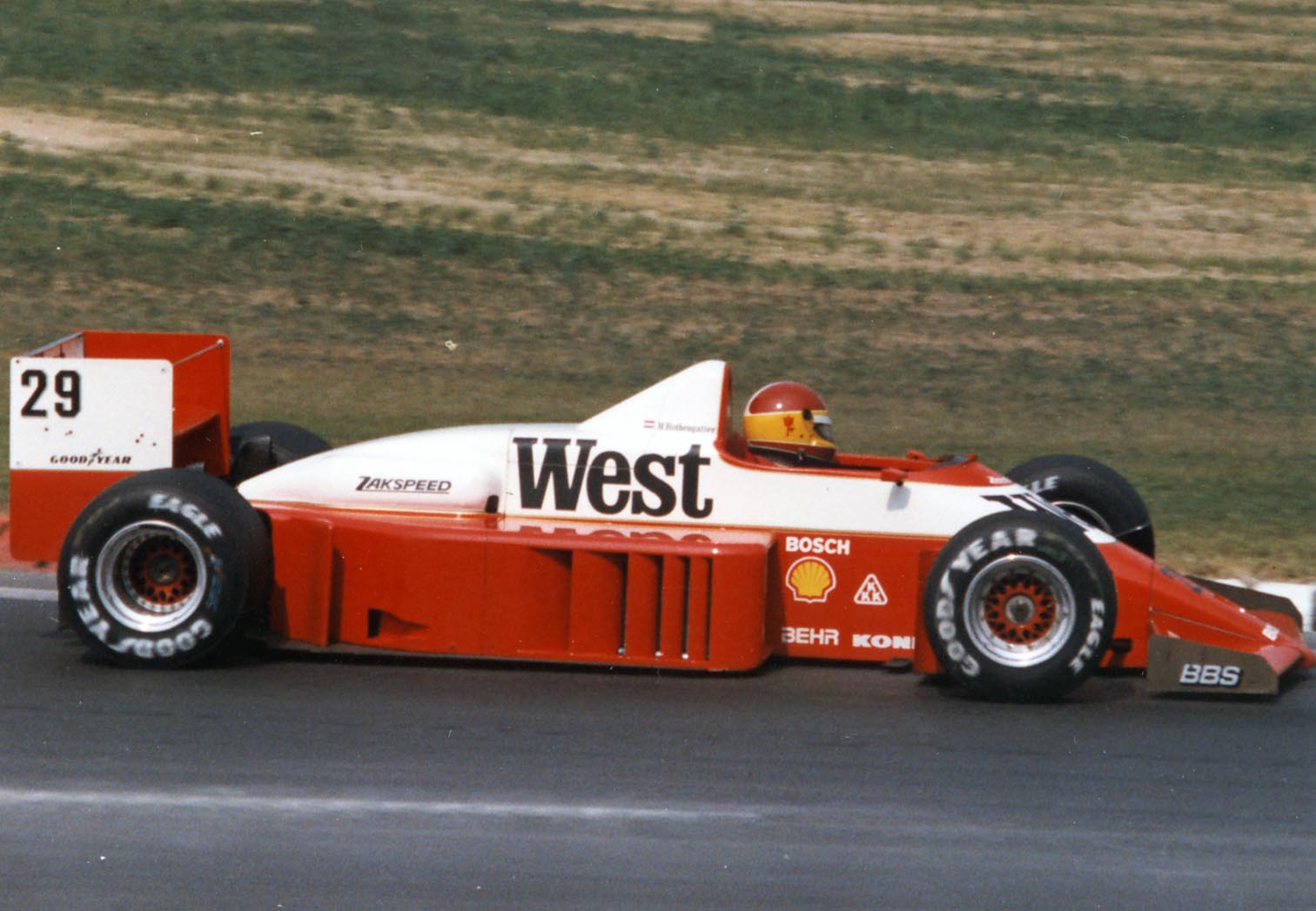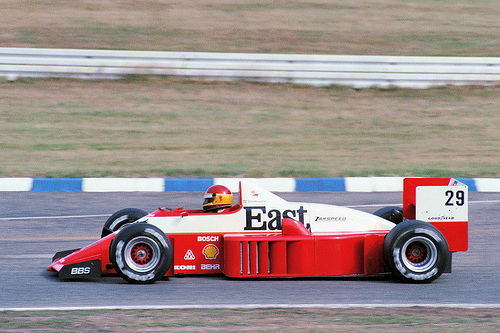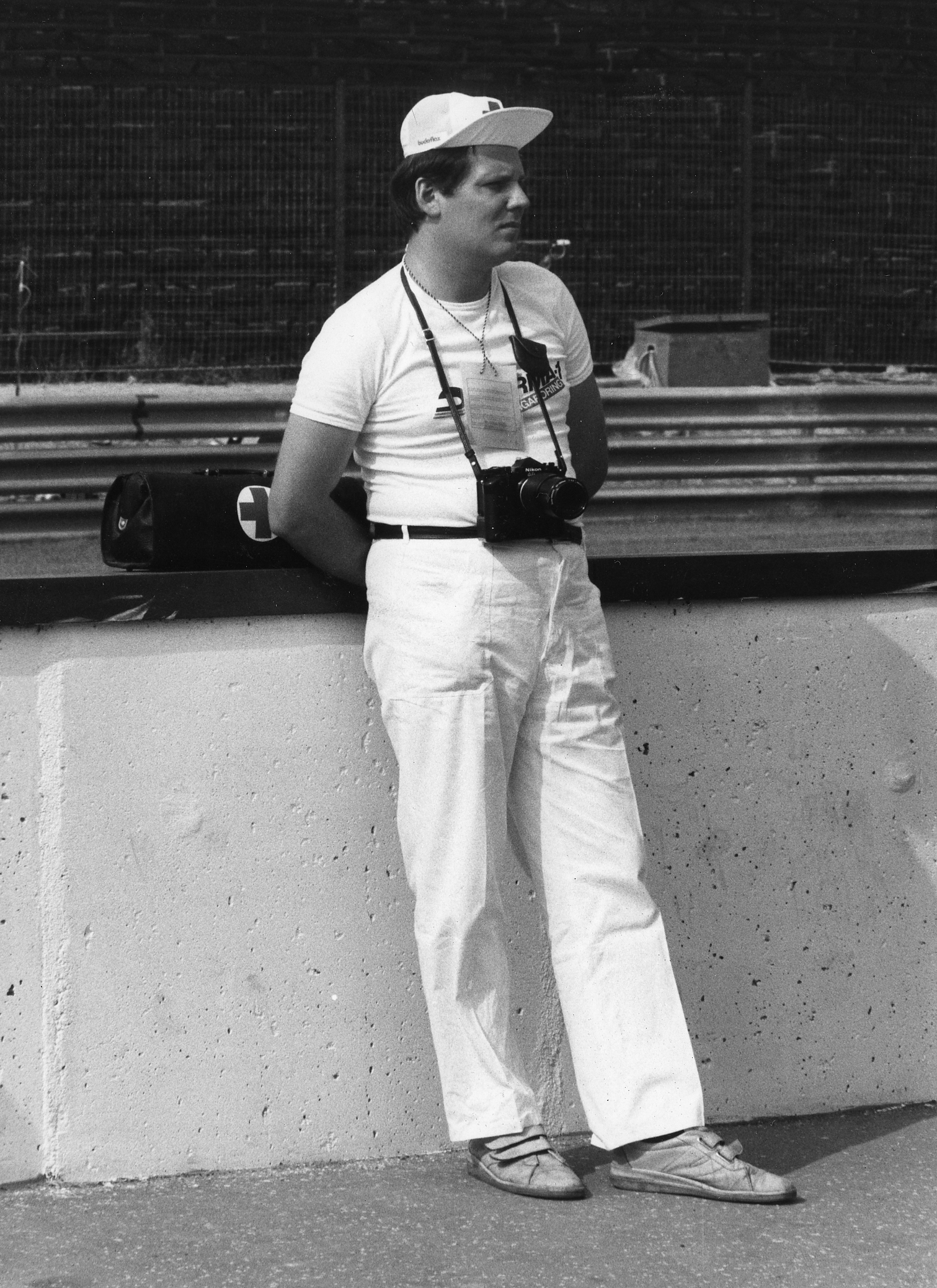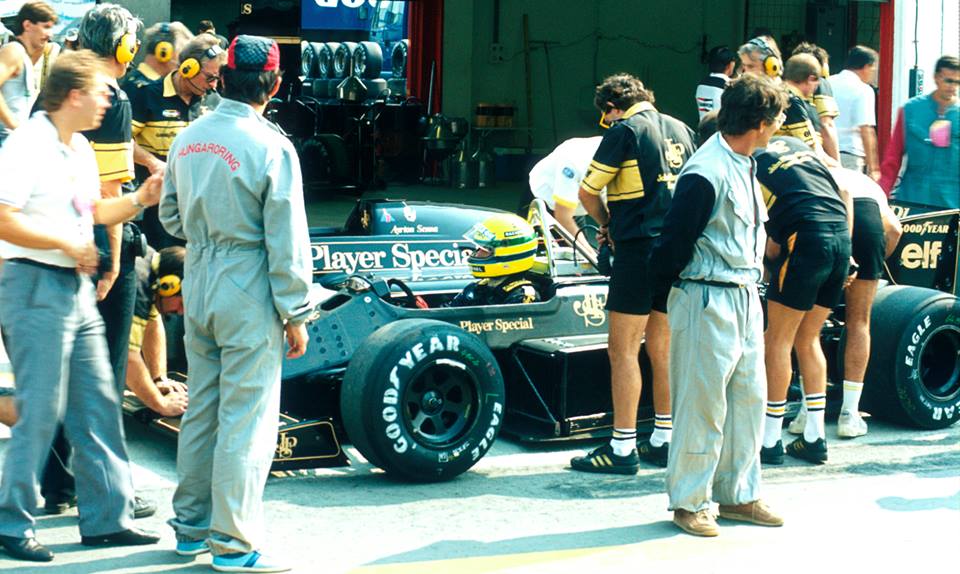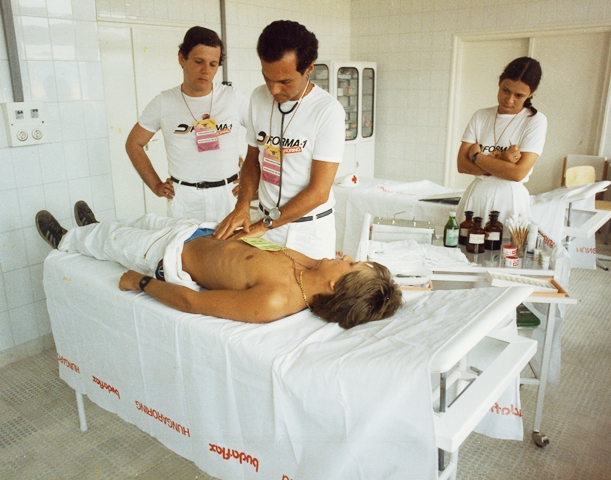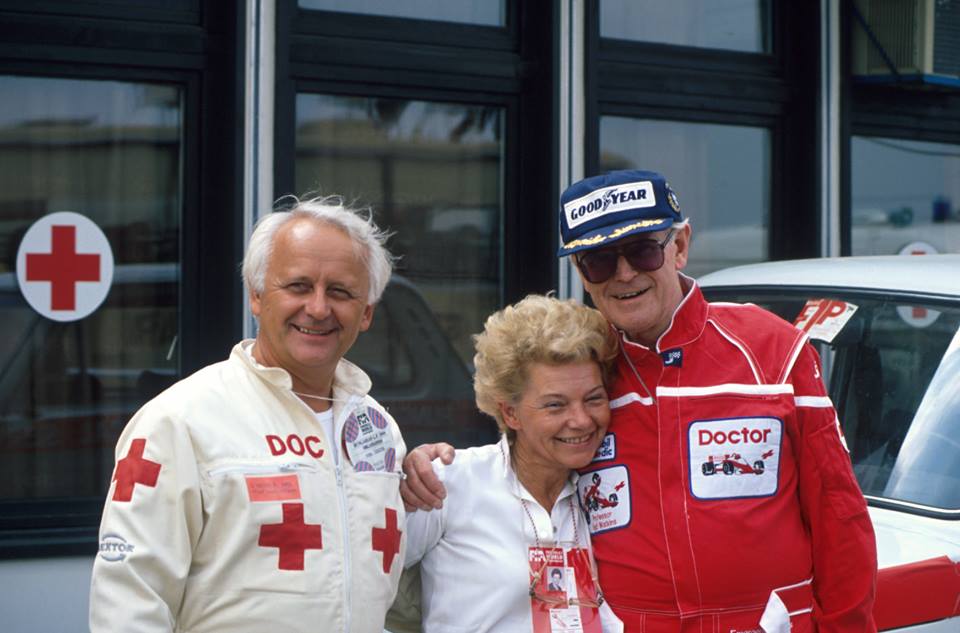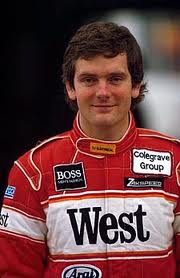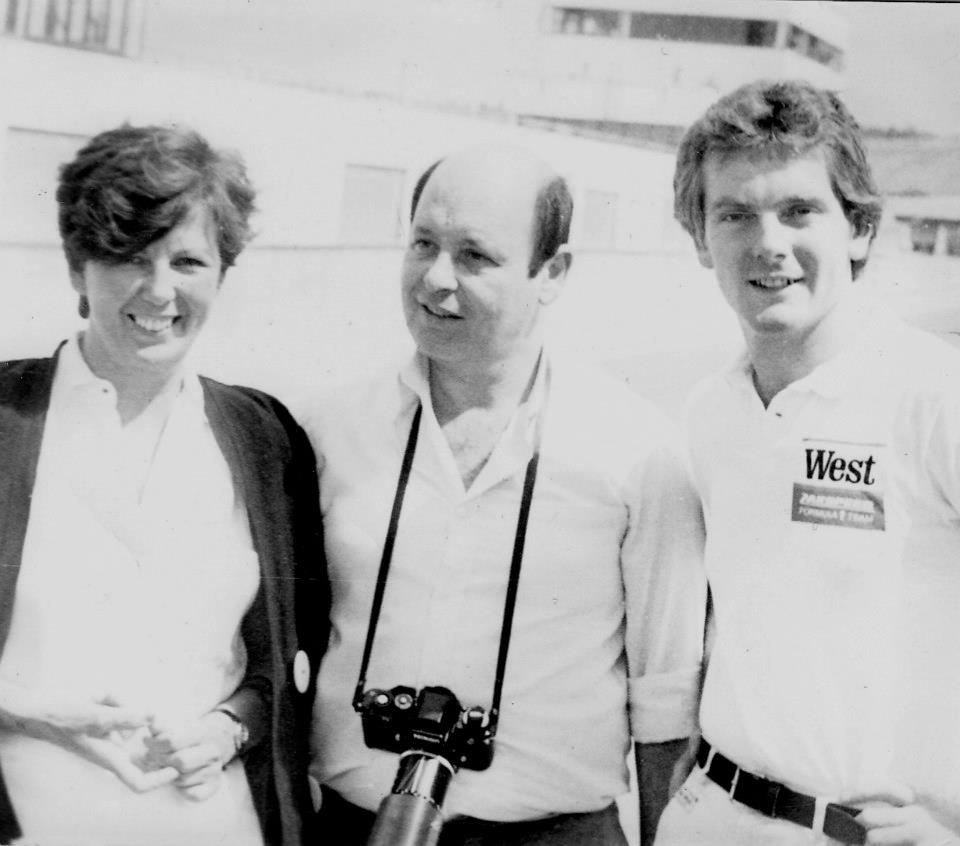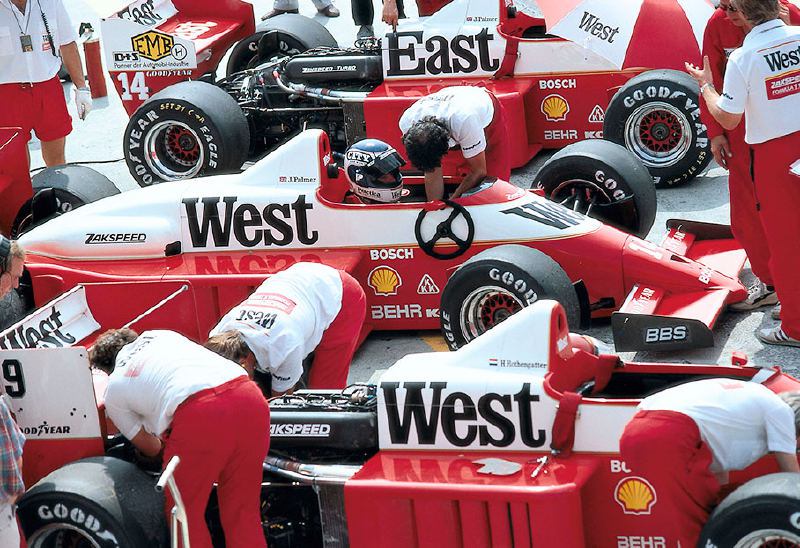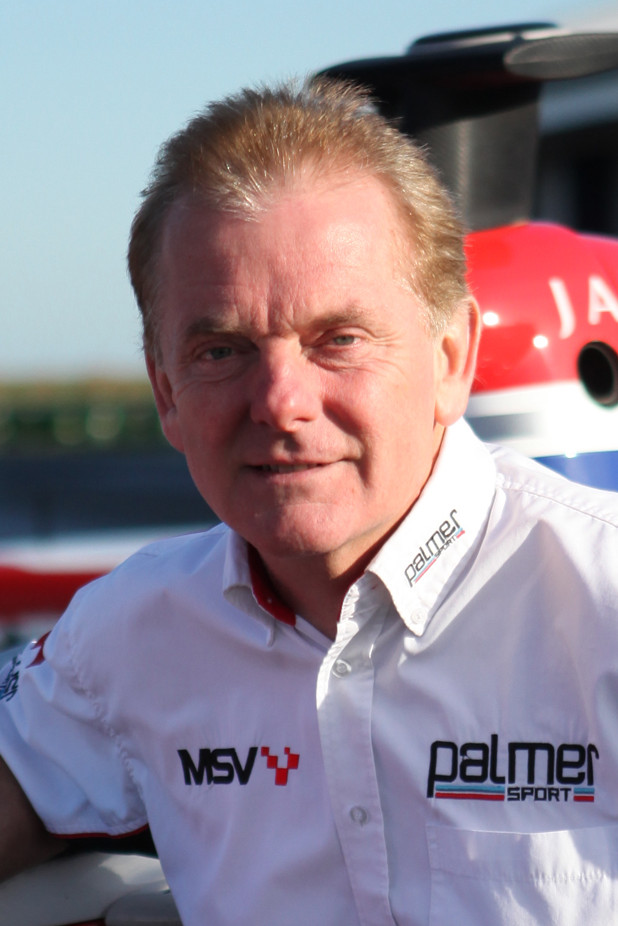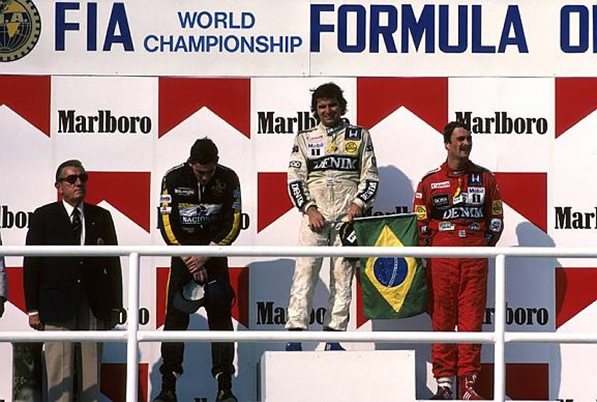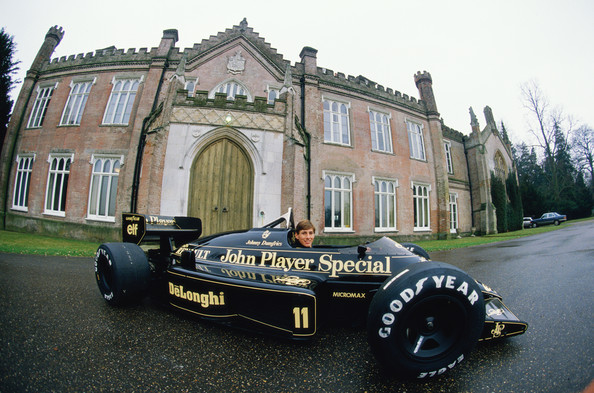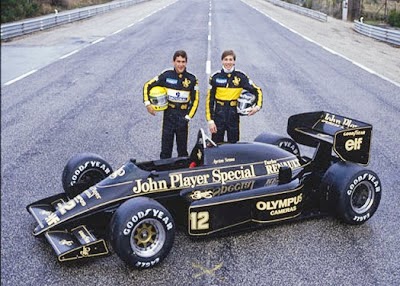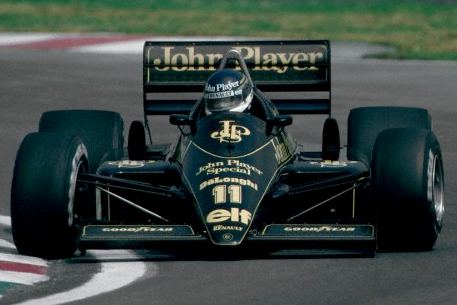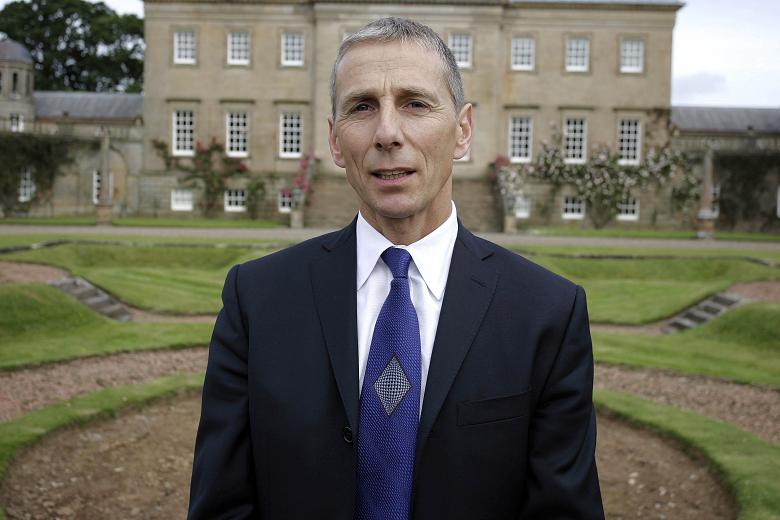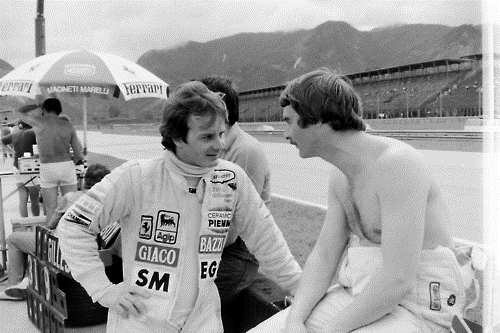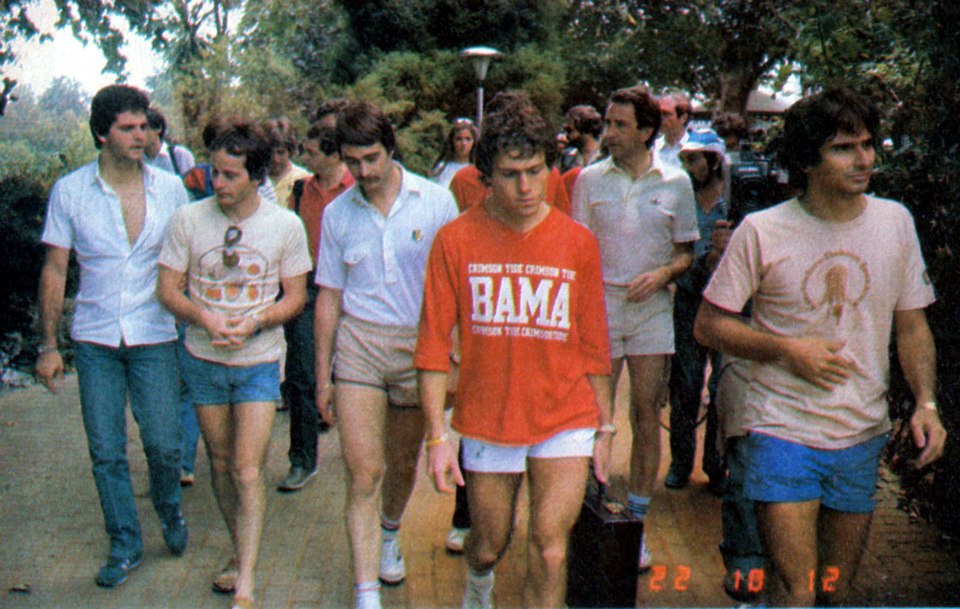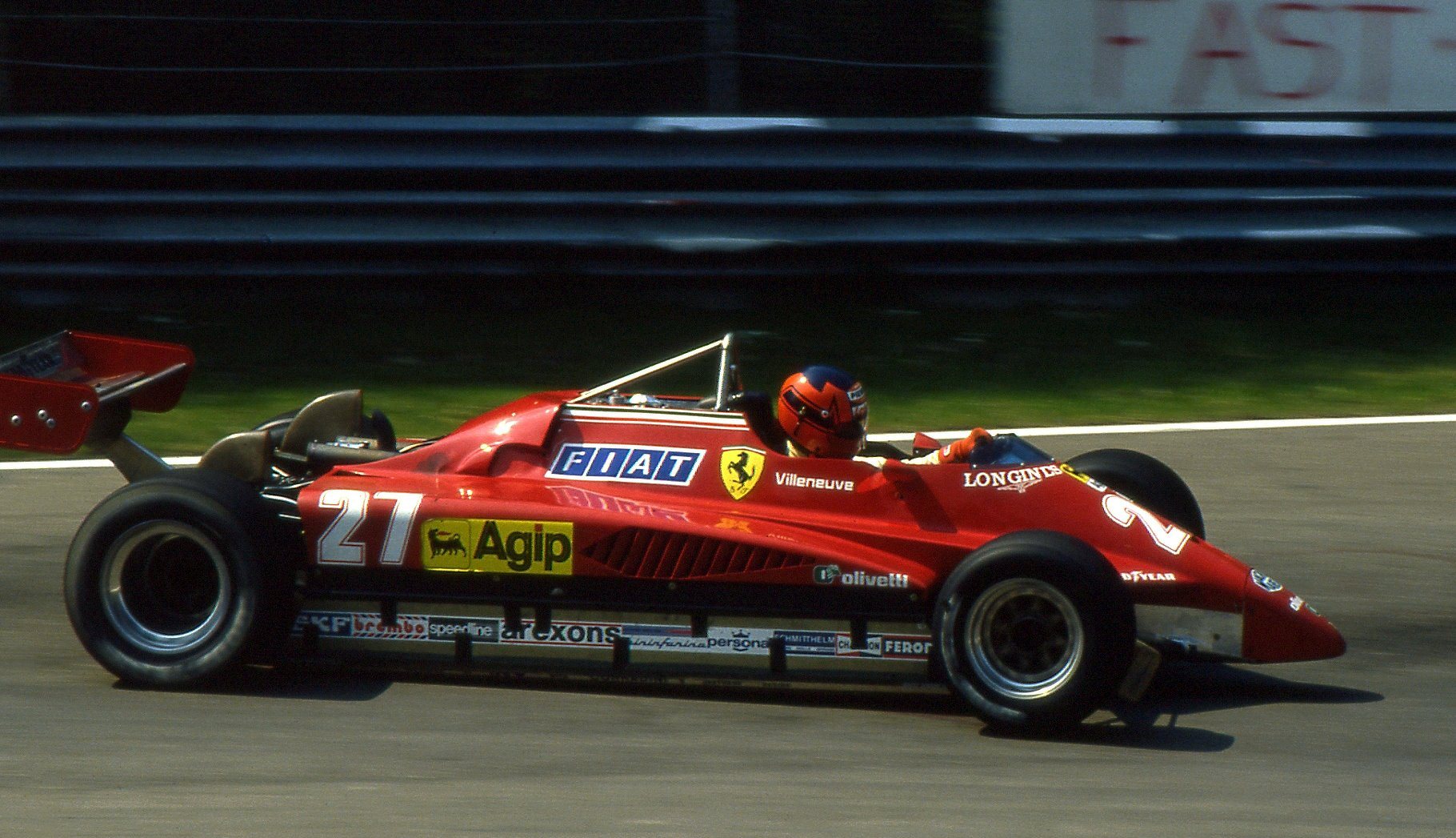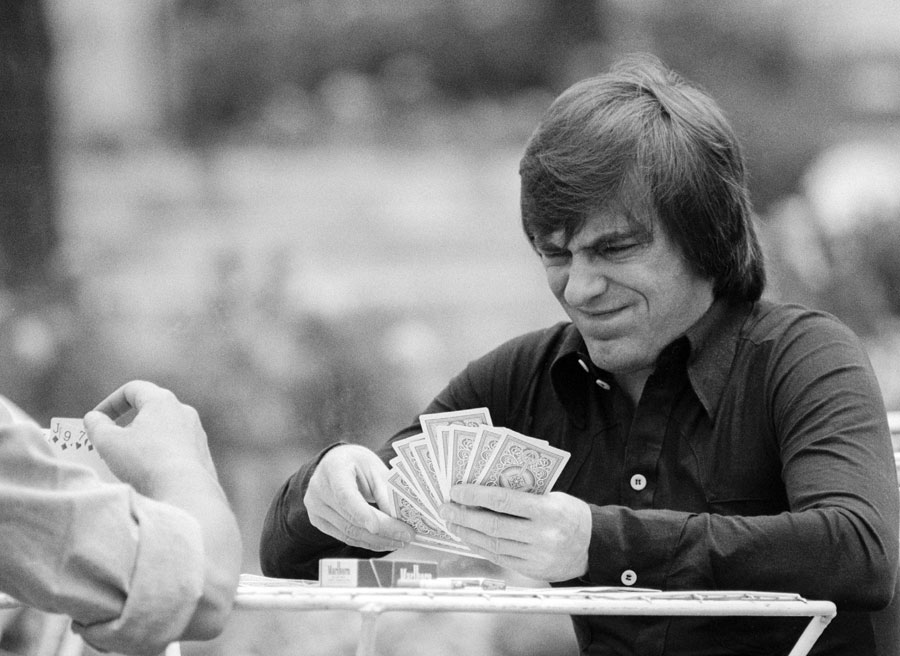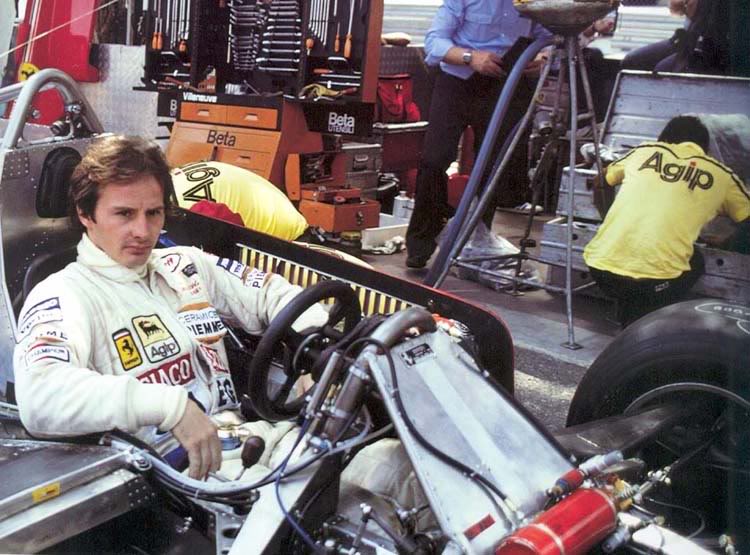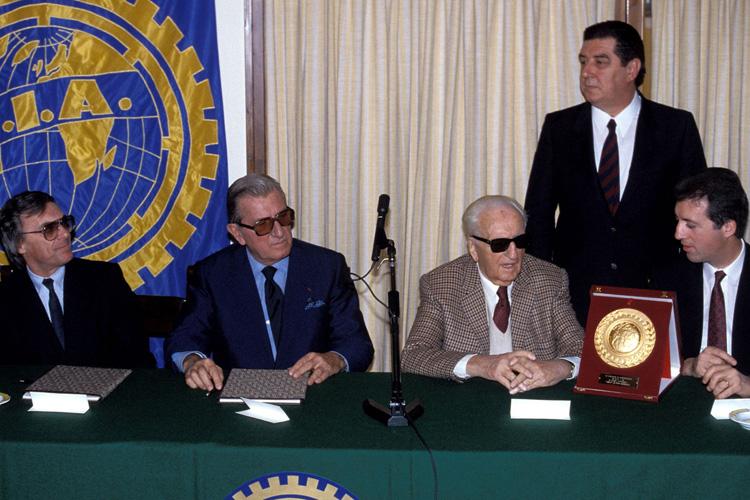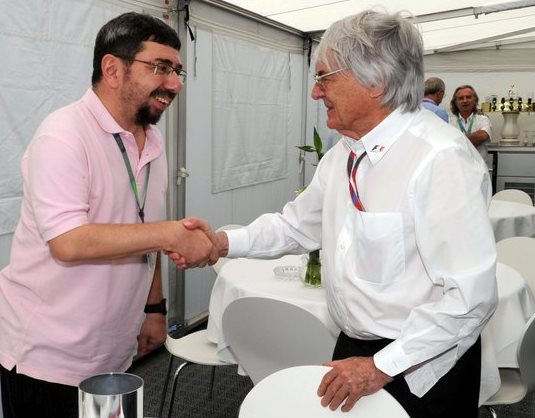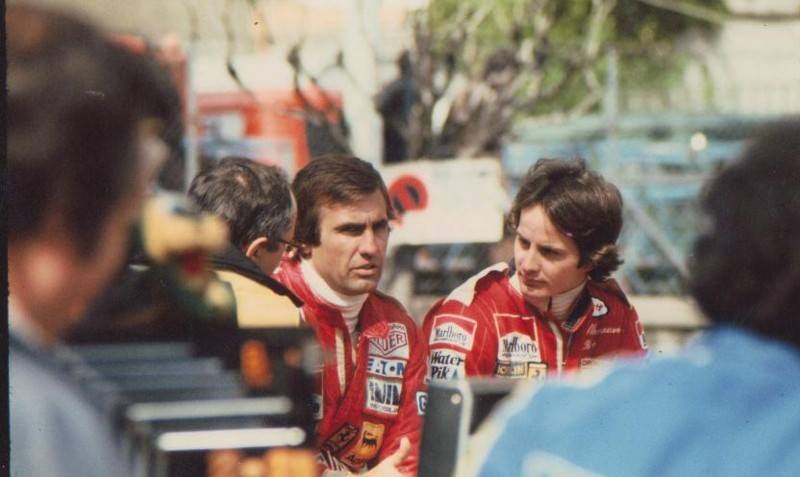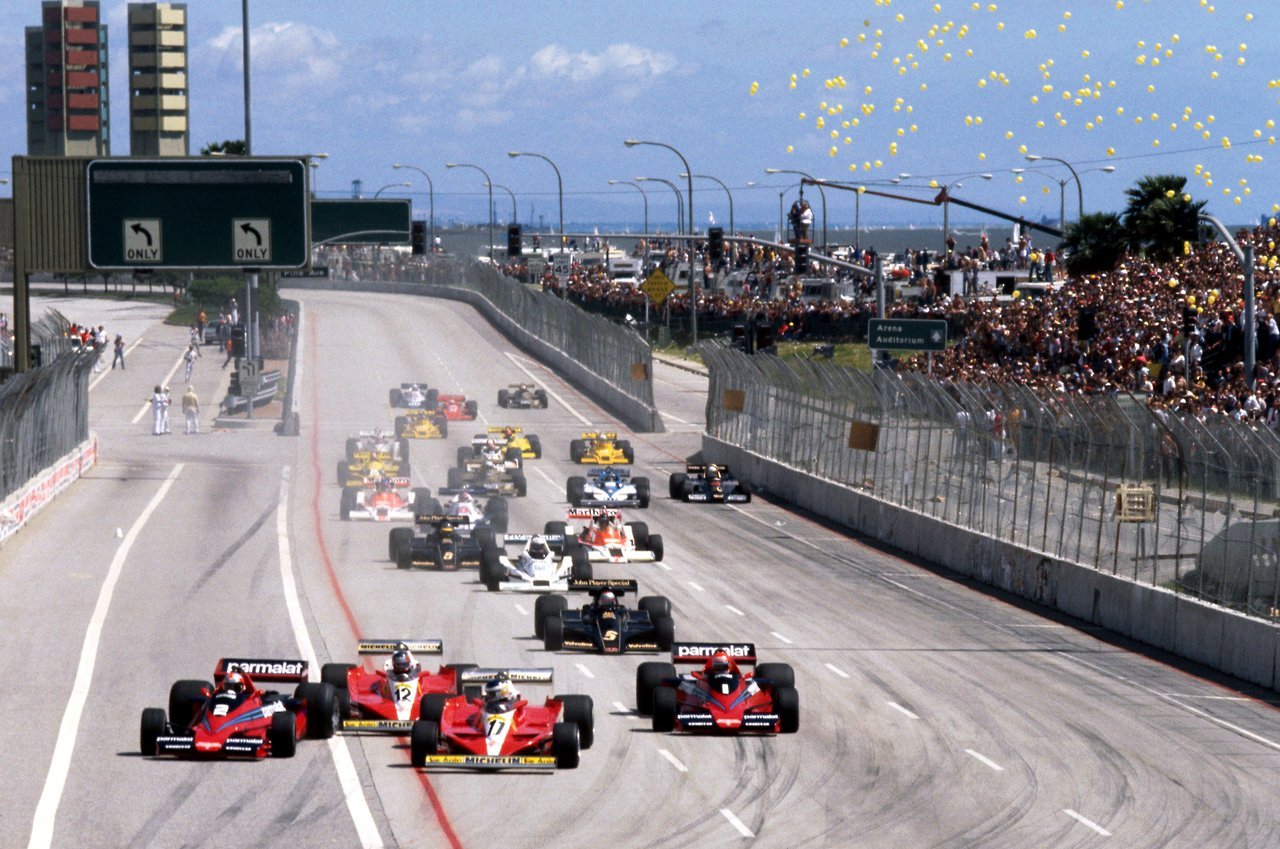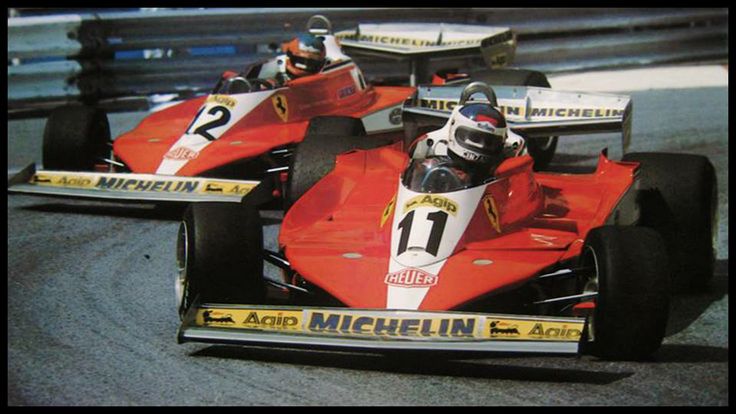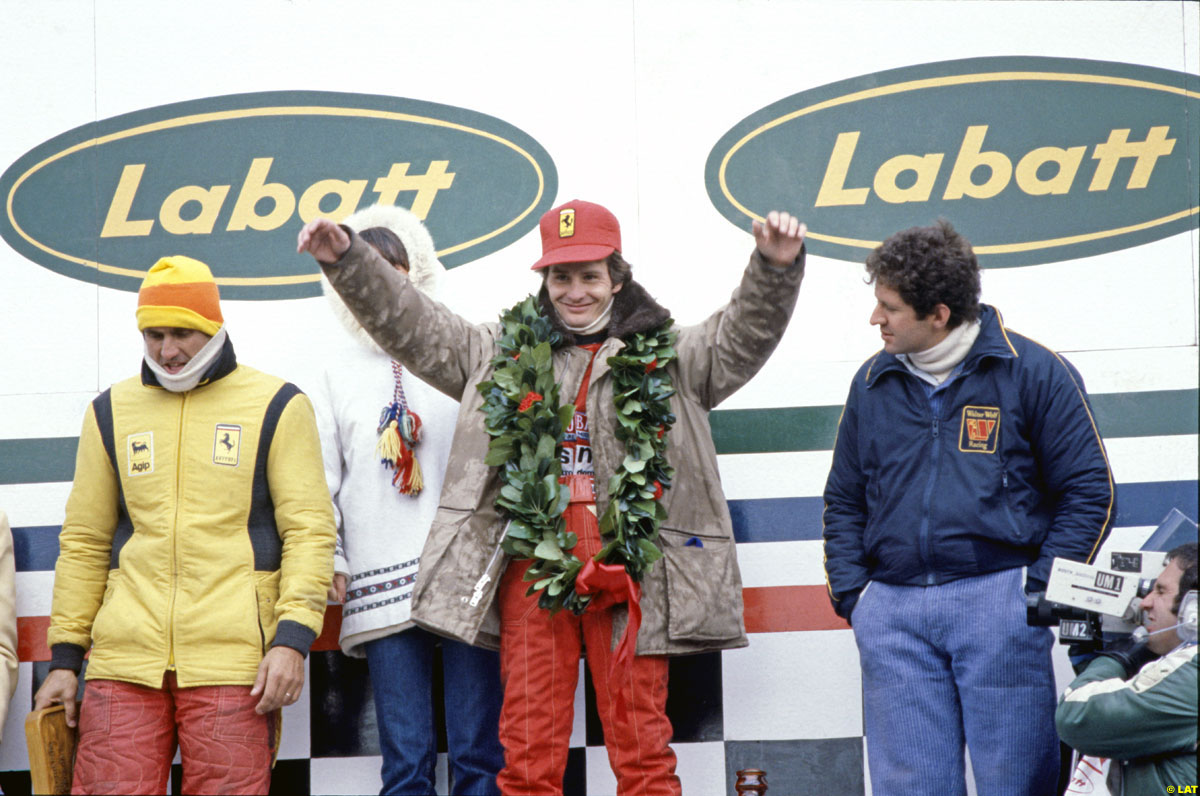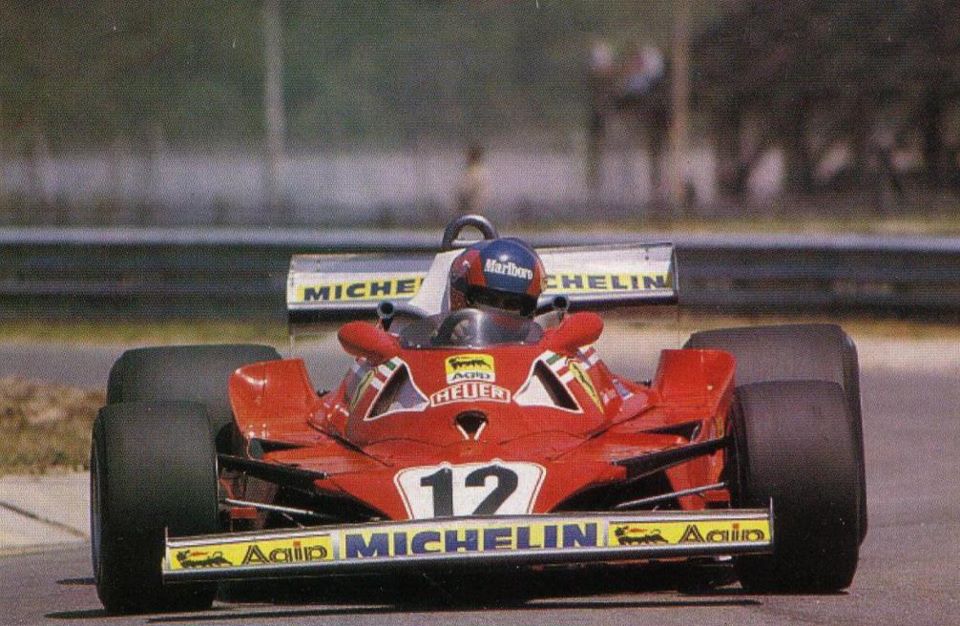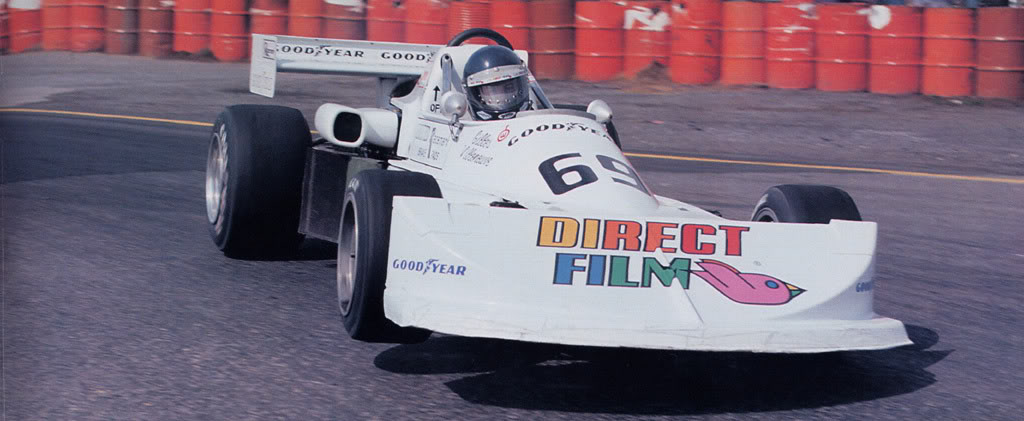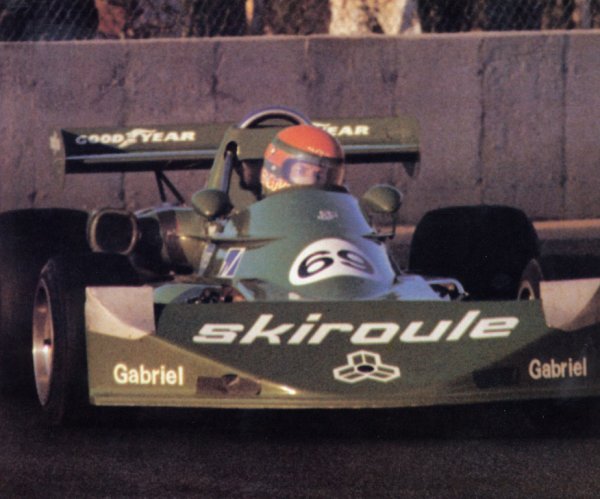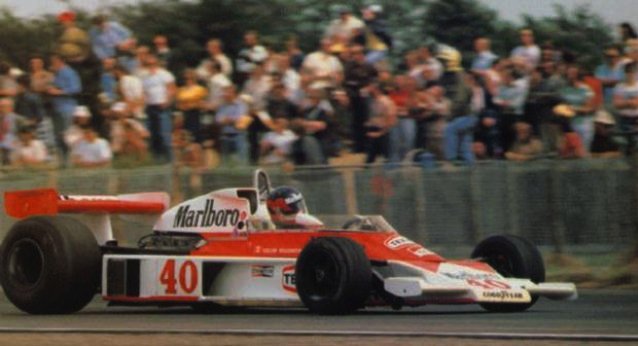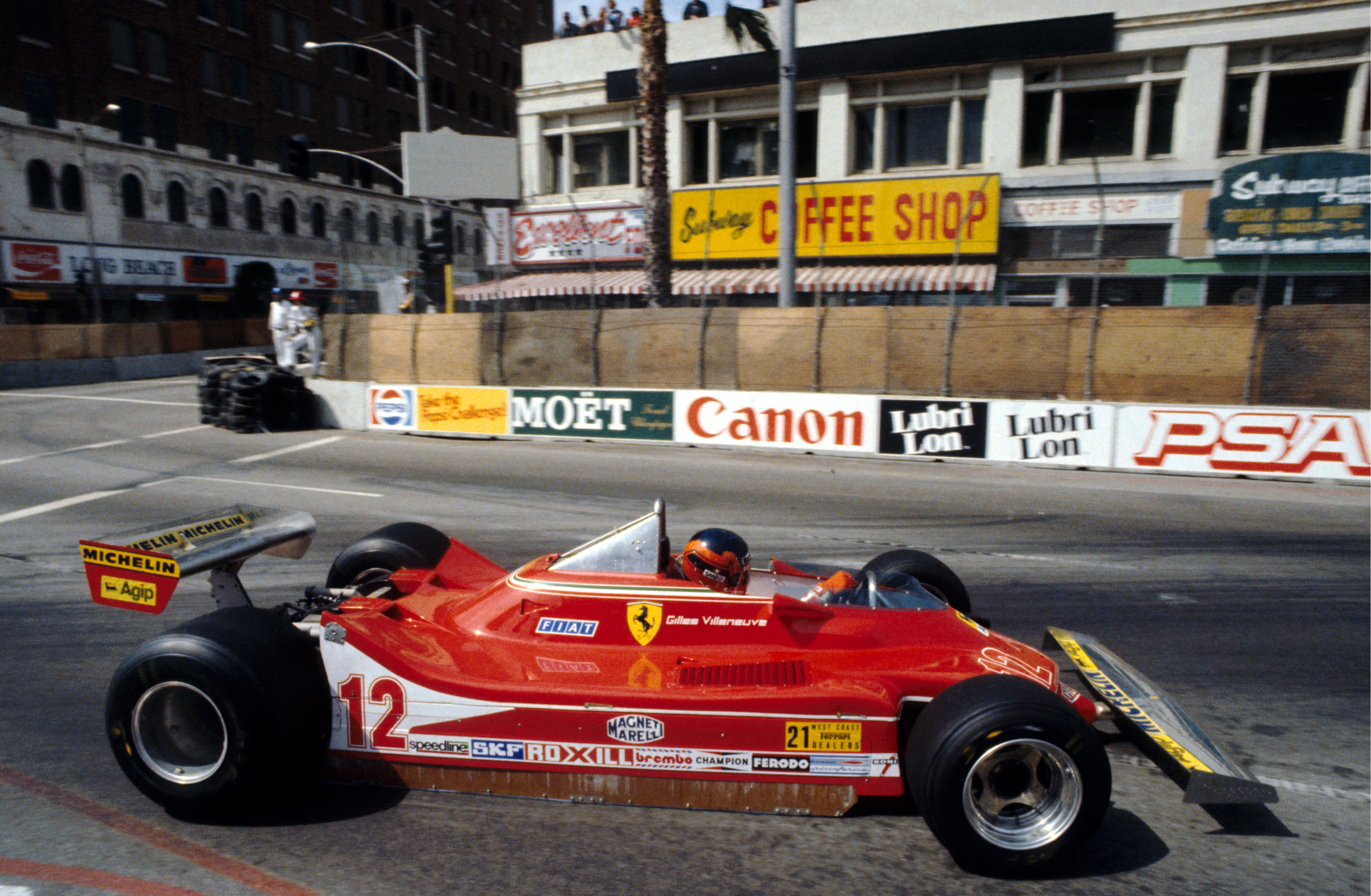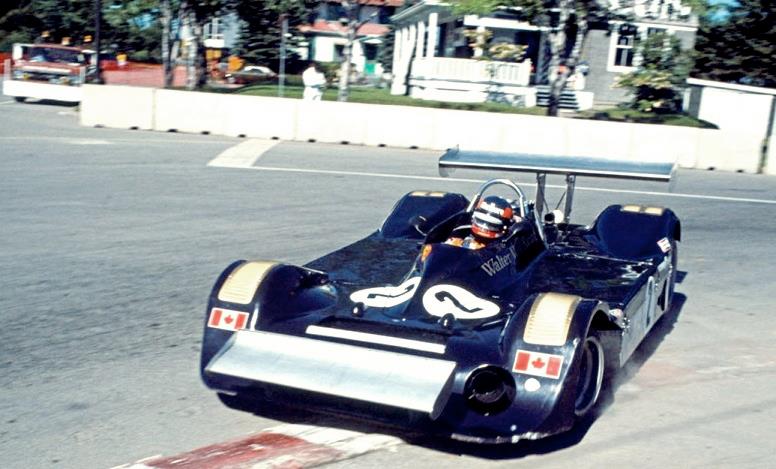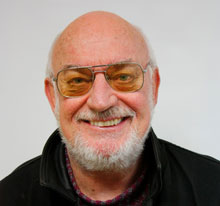Bár már 1894-ben tartottak versengést automobiloknak, az első Grand Prix-t, azaz nagydíjat 1906. június 26-27-én rendezték, úgyhogy a sporttörténelem innen számítja a profi autóversenyzést. És mivel ezt a legelső Grand Prixt-t a magyar Szisz Ferenc nyerte meg Renault-jával, az ő neve áll első helyen abban a névsorban, ami máig ível Lewis Hamiltonig.
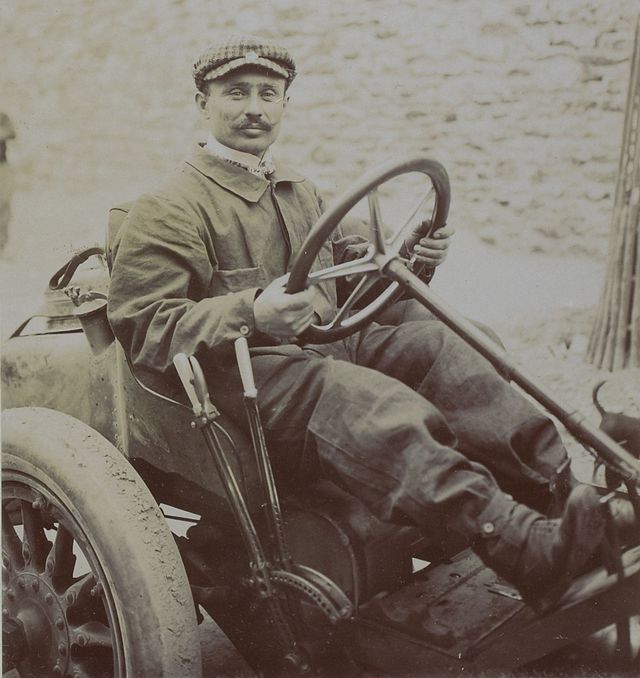
Szisz Ferenc felmenőit illetőleg csak az a biztos, hogy apja, Szisz János Oroszvárott (ma Rusovce, Szlovákia) látta meg a napvilágot, méghozzá 1830-ban, pontosan akkor, amikor Ferenc József. A név eredete bizonytalan, jóllehet, a német eredethez nem férhet kétség, mint ahogy a tizenkilencedik század első felének Magyarországán szinte minden félig német volt, bár az is igaz, ettől senki nem lett kevésbé magyar. A Szisz név tehát eredhetett egyrészt a süss, vagyis édes szóból; ez, nyilván egy elég szimpatikus származástan. De nem kizárt, hogy a siess szócska is elfogadható, ami majdnem, hogy indulatszó, és annyit tesz, mach schnell, azaz csak gyorsan – ami történetünk végkifejlete szempontjából akár beszélő névként is értelmezhető.
Az apa Szisz János és Ferenc József nem csak egy évben született, hanem ifjú koruk hajnalán, 1848-ben is „találkoztak”: a magyar szabadságharcban. Ez ugyan ebben a formában némiképp túlzás, ám az való igaz, hogy Oroszvár földesura, Zichy Károly huszárszázad vagy ezredtulajdonos megindult a csatákba, és az ifjú Sziszt saját lovászaként vitte magával. Ez nem kis, de nehéz stallum volt, mivel a csatában akkor még a vezér az élen vágtatott, és ezáltal neki volt a legnagyobb esélye, hogy legalábbis a lovát kilőjék, ha ugyan nem őt magát, ezért a lovásznak mellette kellett haladnia a tartalék lovat vezetve. És ezt Szisz derekasan megcselekedte.
Az 1849-es bukás után szerencsére nem kellett félnie, a főurak azért okosak voltak: a család egyik része a forradalom oldalán harcolt, a másik ág a Habsburgok mellett, aztán bármelyik is lett a nyertes, az segített a bajba jutottakon. Zichy úr is csak annyira lett kegyvesztett, hogy egyenesen a bécsi helyőrségbe rendelték, ahol egy kipróbált lovászra továbbra is szüksége volt. Következett tehát majd’ egy évtized katonaság a birodalom fővárosában, és hogy ne teljen teljesen haszontalanul az idő, Szisz kitanulta a ló felcserséget, azaz gyógykovács lett.
Ám semmi sem tarthat örökké, Sziszt is leszerelték és ő tovább állt egy házzal: előbb Kőszegen, majd Pápán vállalt szolgálatot. E nagyon katolikus nevű, de mégis a református kollégiumáról híres városban Szisszel két fontos dolog történt. A főbbik, hogy megnősült végre, és ily módon megállapodni látszott. De közben mégsem, mert hirtelen haragú, kemény természete másképp alakította a dolgokat, amikor is bicskát rántott, midőn egyszer egy feljebbvalója pofon akarta vágni. Márpedig az effélét nem nézték jó szemmel, lehetett valaki akármilyen pompás lószakértő. Szerencse volt a bajban, hogy Zichy gróf nem feledkezett meg egykori lovászáról, és egy cirkalmas betűkkel és szavakkal írt ajánlólevelet adott neki, ami viszont az ország másik csücskébe szólt, a Békés megyei Szeghalomra. Ott rezideáltak a Wenckheimek, akik szívesen fogadták remek minősítéssel érkező Sziszt (mit sem sejtve még hirtelen haragúságáról), és currius, vagyis kocsis, mi több, parádéskocsis feladattal bízták meg. Jóval később, már az 1930-as években mesélte az akkori öreg Wenckheim báró, hogy az öreg Szisz őt gyerekkorában bizony még őt is elverte – nem finomkodott egy csöppet sem – a valagán.
- Lovagolni tanított az öreg, hosszú száron vezetve a lovat, ahogy kell. Ha a ló ment rosszul, a lóra ütött, ha én csináltam valami nem tetszőt, akár rám.
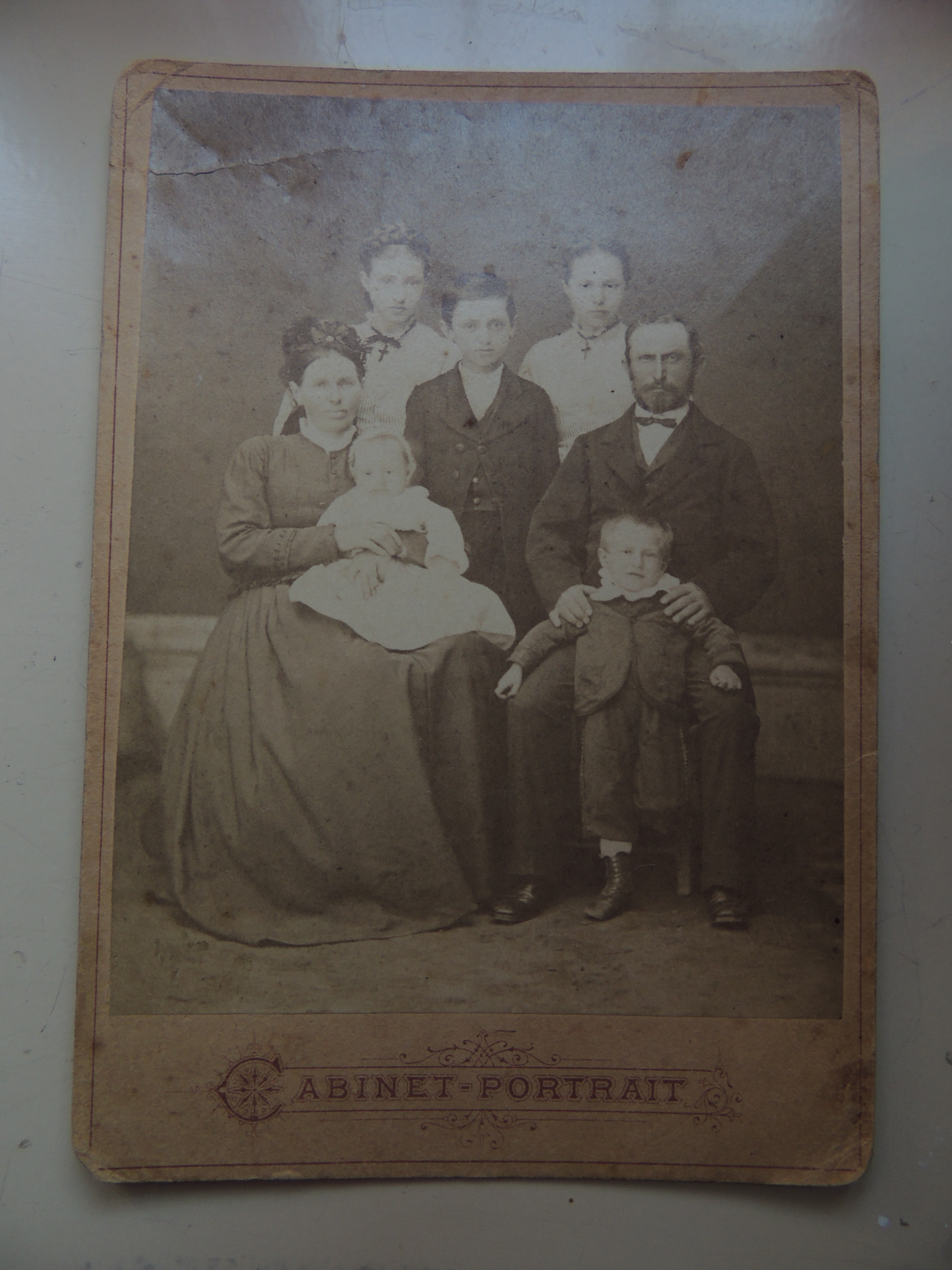
Munka tehát volt bőven, nem csoda, hogy most már tényleg révbeérkezés évei jöttek. Szisz házat vett, és születtek sorban a gyerekek: három lány és három fiú, majd később egy negyedik fiú is. Némileg igazságtalan módon innentől a fiúgyermekek sorsát követjük tovább, legfőképp majd Ferencet. Az bizonyos, hogy a lovas szakmát a három nagyobb nem választotta, és épp az apjuk miatt: akinek vasszigora, huszár-drillje elijesztette őket a lovak mellől, semint hogy kedvet csinált volna. És el is mentek, mind a hárman. Gyula a fővárosban próbált szerencsét, kereskedő lett; János, akinek mindig is rossz volt a szeme, végül kocsigyártó lett, de ő sem helyben, hanem a közeli Dobozon; Ferenc pedig előbb rézöntőnek tanult. A legifjabb fiú, József, lett egyedül lovas, ő hamar kiváló versenyzsoké lett, de sajnos fiatalon egy military versenyen, talán Lembergben, bukott és meghalt.
Később a két Szisz-fivér újból egymásra talált, mivel János a vasútnál is dolgozott, Ferenc pedig munkát keresett. Ő vitte be vasúthoz az öccsét, és innen jöhet a sok helyütt felbukkanó információ, hogy Szisz Ferenc vasúti mérnök lett volna még idehaza, hiszen már csak a koránál fogva sem lehetett az, viszont tény, hogy mint fémekhez értő munkás, a fűtőházban kezdett el dolgozni, méghozzá Mezőhegyesen, az 1890-es évek legelején.
Szisz azonban, aki még nem volt mester, nem elégedett meg ezzel a munkával, hanem kis idő múlva fejébe vette, hogy akár csak a bátyja, ő is elindul mesterséghez szükséges vándorútra. Hová lehetett akkoriban menni? Budapest, Bécs – ez a két főváros volt a logikus célállomás, elvégre a testvére is ezt tette korábban. János bizonyára el is látta jó tanácsokkal, hogy hol tud munkát vállalni, melyik kocsigyárnál, és merrefelé lehet olcsó szállást találni. Amit tudni lehet, hogy nem csak kocsigyáraknál helyezkedett el, hiszen ebben az időszakban robbanásszerűen fejlődött a technika. Állítólag már az ifjú Budapesten is kapcsolatban került olyan cégekkel, amik a korabeli modern technikával foglalkoztak, akár a születendő automobilizmus vagy a repülés területén is. Mindez őt rettentően érdekelte. A vándorlás egy-egy állomása volt Bécs, München, majd Elzász-Lothgaringián át Párizs. Az elzászi tartózkodás azért különösen fontos, mert itt megismerkedett egy Dorn Elisabeth nevű, osztrák származású lánnyal. Párizsba már Bettivel együtt érkeztek el az 1900-ban. Münchenben dolgozott a Bosch cégnél, vagyis megismerkedett a járművillamossággal is. Akkoriban két alapvető dolog szükségeltetett ahhoz, hogy a kezdetleges autók jól és viszonylag tartósan működjenek: a jó járószerkezet és a gyújtás. Szisz későbbi versenyzői eredményei is összefügghettek mindezzel a felismeréssel. Az 1906-os nagy versenyen azért esett a választása arra bizonyos katonai járműből ismert hátsó tengelyre, ahol a felnin cserélni lehetett a gumit, eleve felfújt állapotban, úgy, hogy a küllőkhöz hozzá sem kellett nyúlni. Az előre felfújt gumik készen lógtak hátul, és amikor az ócska, köves utakon másoknak kidurrant a kerekük, és nekiálltak cserélni, fejtegetni, ragasztgatni, Szisz pillanatok alatt kereket cserélt néhány csavar segítségével, és robogott tovább.
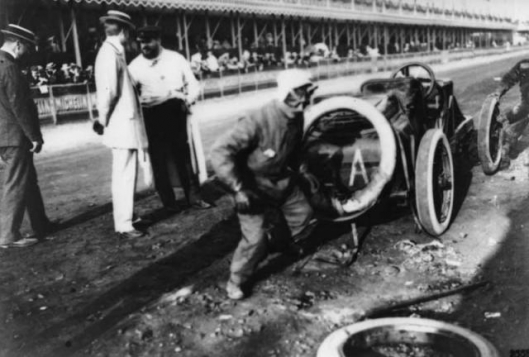
A Renault.
Szisz először egy eszterga gépgyártó cégnél kapott munkát Párizsban. A Renault-hoz úgy került, hogy a cég vásárolt ilyen esztergagépeket, és ezeket kellett beüzemelni. Komoly precíziós munka az efféle, mert amikor az esztergaágyakat beállították, úgy történt, hogy már a gyárban, a helyszínen munkálták őket véglegesre. Ehhez kellett egy szakember, aki gyakorlatilag finom kézimunkával végezte el a beállítást – ő volt Szisz Ferenc.
Itt megtetszett nekik az ifjú szakember, és átcsábították a Renault-hoz, de első menetben itt is a szerszámgép-osztályra került. Eltelt egy kis idő, míg áttették az autógyártásra, elvégre ott is nagyon finom, aprólékos munkára volt szükség, például a dugattyúk, a főtengely, a csapágyak összecsiszolásához. Ezeket akkoriban mind kézimunkával csiszolták véglegesre.
Bár nyoma nincs, szinte biztos, hogy Szisz ezekben az években a munka mellett valamiféle elméleti képzést is kapott, tanfolyamra járatták. Minden esetre olyan csapatban dolgozott, ahol már nála tapasztaltabbak is voltak – de feltehető, hogy az úton összeszedett tudása valamilyen mértékben új lehetett a párizsi kollégák számára is. Azt, hogy megbecsülték, és ő is szinte tökéletesre képezte magát, mi sem bizonyítja jobban, mint hogy ő lett az egyik Renault-testvér, Marcel szerelője a versenyek alatt. Tudnivaló, hogy a szerelő ott ült a sofőr mellett, és egy életük, egy haláluk volt egy-egy futam. Szisz feladata volt, hogy előkészítse a versenyautót, és az minden tekintetben a legjobb állapotban vághasson neki a távnak. Az is valószínű, hogy már előbb megtanult autót vezetni, talán már Németországban, vagy a Boschnál, vagy másutt, de kellett tudjon vezetni, ha Marcel Renault maga mellé vette. Már pedig a tulajdonos nem maga tesztelt, hanem a szerelőre bízták, ráadásul a versenyek helyszínére is oda kellett vinni az autót, ami nem vasúton történt, hanem egyszerűen oda hajtottak vele. Ki? A szerelő. Ő volt az, aki az autó valódi gazdája volt, ebben az értelemben, aki éjszaka is őrizte, többek között, nehogy valaki megbabrálja az ellenfelek közül…
Nézzük a pályafutást.
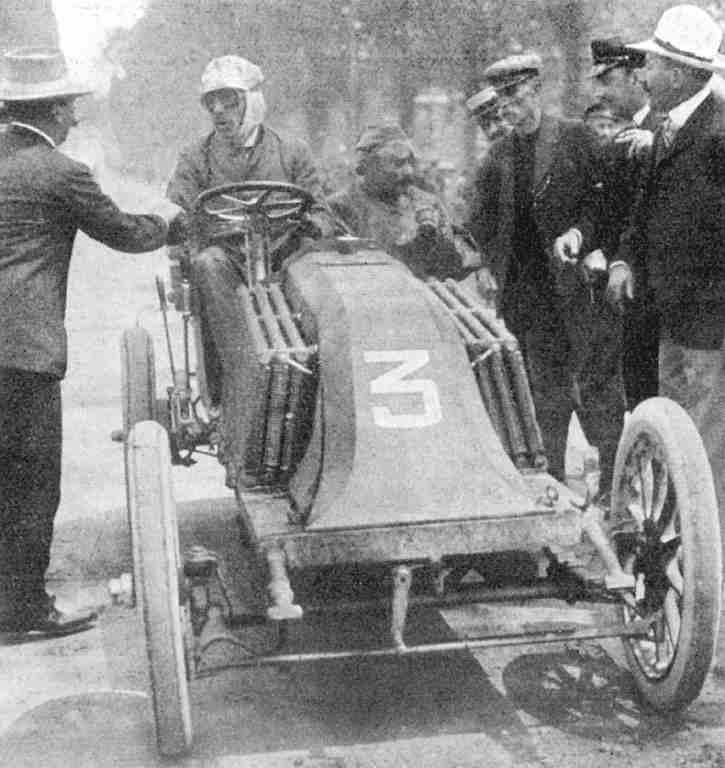
1902-ben őt választották verseny-szerelőnek Louis Renault mellé. A szintén szenvedélyes autóversenyző, Marcel Renault 1903-ban, a Párizs-Madrid autóversenyen bekövetkezett halála után Szisz Ferenc a csapat versenyzője lett. És rögvest sikeres. Ötödik lett a Gordon Bennett Kupa versenyen a Clermont-Ferrand melleti Circuit d'Auvergne-en.
Ugyanaz év októberében több francia és olasz autógyártóval egyetemben a Renault egy csapatot küldött az Egyesült Államokba, hogy részt vegyenek a Long Islandi Vanderbilt Kupán New Yorkban. Abban a mezőnyben, amelyben részt vett a kor nagy sztárja Felice Nazzaro és Louis Chevrolet a Fiat színeiben, Szisz Ferenc Renault-jával az ötödik helyen végzett a győztes a francia Victor Hémery mögött, aki egy Darracq pilótája volt. Sziszt 1905-ben kinevezték a Renault tesztelési osztályvezetőjének, és noha ez a beosztása gyakran akadályozta a versenyzésben, 1906. június 26-27-én ő volt ott, Renault-színekben, az autósport történetének legelső Grand Prix-ján. Szerelőjével, és egyben barátjával, Marteau-val a "3A" rajtszámú Renault AK 90CV pilótájaként megnyerte az első Grand Prix versenyt, amelynek során Le Mans - Saint Calais - Ferté Bernard országúton kijelölt, nagyjából háromszögű pálya 103,18 km-es távolságát naponta hatszor kellett megtenni. A kétnapos versenyen harminckét gépkocsi rajtolt, melyből - többek között a nagy hőség miatt - az első napon 16, a másodikon további 5 gépkocsi esett ki. Szisz fölényes, 32 perc előnnyel kivívott győzelmét a többiekénél gyengébb teljesítményű - mindössze 90 lóerős - Renault ülésében egy műszaki újítás is segítette: autójára a Michelin fivérek újdonságát, a könnyen cserélhető keréktárcsára szerelt gumiabroncsot tették fel. Szisz végül is szenzációszámba menő 100,8 km/h átlagsebességet ért el: az 1.238,16 km megtételéhez 12 óra 14 perc 7 másodpercre volt szüksége. Teljesítményét Európa-szerte elismerően fogadták, népszerű ember lett, képeslapok, plakátok készültek róla. A győzelemért 45 ezer frank jutalomban részesült (ez abban az időben igazán nagy díj volt), soron kívül megkapta a francia állampolgárságot, és ő volt az első autóversenyző, aki állami elismerést kapott Franciaországban!
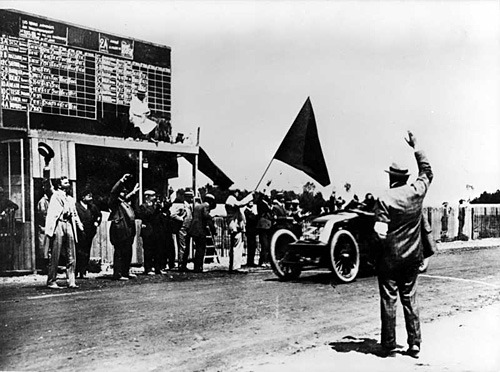
Szisz Grand Prix-győzelme, és a verseny üzleti sikere hamarosan több más Grand Prix verseny megszervezéséhez vezetett Európában. A rákövetkező évben az olasz Felice Nazzaro (aki 1906-ban másodikként végzett Szisz mögött), nyerte meg a második Francia Grand Prix-t. A francia nemzeti hőssé vált Szisz Ferenc részt vett az 1908. évi versenyen is, de nem ért célba, és hasonló sorsra jutott műszaki problémák miatt a Savannah-i Grand Prix-n Georgiában, amelyet az Amerikai Automobil Klub rendezett.1909 elején Szisz elhagyta a Renault céget, hogy - Renault és Delaunay-Belleville típusok javítására szakosodva - saját műhelyt nyisson Neuilly-sur-Seine-ben. Hat év távollét után, 1914 júliusában, Fernand Charron rábírta, hogy újra versenyezzen egy Alda pilótájaként a francia Grand Prix-n Lyonban. A versenyen, amelyet Christian Lautenschlager nyert a Mercedes színeiben, Szisz Ferenc autóján tiszteletképpen a N° 1-es rajtszám szerepelt, de egy sérülés miatt kicsivel a verseny fele után annak feladására kényszerült. Az európai autóversenyek története szeptemberben, az I. világháború kitörésekor időlegesen véget ért. Szisz Ferenc önkéntesként belépett a francia hadseregbe, ahol az algériai szállító csapatok vezetőjeként szolgált, míg nyolc hónappal később kórházba nem került, tífusz miatt Marokkóban. A frontról visszatérve Renault és Citroën gépjárművekre szakosodva folytatta autójavító iparát.
A külföldi lét első éveitől kezdve Szisz folyamatosan viszonylag szoros kapcsolatot ápolt az itthoniakkal. Vissza-visszajárt Bécsbe, úgyhogy bizonyára találkozott testvéreivel, tán szüleivel is. Hamar jóra fordult a sora. Még nem nyert, de már nagyon stabil a helye a Renault-nál, és hogy rendesen kereshetett, jelzi, hogy elkezdett csomagokat küldözgetni haza. Kérte, hogy neki küldjenek magyar sonkát, kolbászt. Ő pedig sajtot küldött. Van egy muris családi anekdota is erről: egy levarrott szélű, nagy füles kosárban feladott sokféle finom francia sajtot, ami utazott hazafelé egy-két hétig. Alaposan meg is érett, mire megkapták Dobozon. János bátyja felesége kibontotta a kosarat, meglátta az érett kék sajtot, azonnal kihajította a trágyadombra, mondván, hogy fúj, megromlott. Csak pár nappal később érkezett meg a levél a leírással, jelezve, nehogy kidobják azt a sajtot, akkorra lesz a legjobb, mire megérkezik! Szisz János az élete végéig felemlegette ezt az esetet a feleségének.

Franciaországban Sziszéknek gyerekük nem született, nem tudni mi okból. Az 1930-as években felmerült, hogy testvére, Szisz János gyerekei közül menjenek ki hozzájuk, és végül így is történt: két lány elment a szerelőműhelyt üzemeltető nagybácsikához, kvázi fogadott gyermeknek. Szomorúan sül el végül a dolog, mert az egyik lány megbetegedett, tüdőgyulladást kapott, és meg is halt. Betti néni viszont hálás volt a magyar rokonoknak, mert még a lányok érkezése előtt történt valami. Egy korábbi rokoni látogatás alkalmával kiderült, hogy Szisz ugyan évtizedek óta együtt él Dorn Bettivel (vagy a hogy a levelekben szerepel: Bettyvel), de hivatalosan sosem vette el feleségül. A rokonság pedig megmakacsolta magát: csak akkor eresztik oda lányokat, hanem Feri bácsi már nem él „vadasan” Betti nénivel, vagyis meg kellett tartani a kései lagzit. Betti néni a leveleket is mindig lelkesen aláírta a magyar rokonságnak, noha nem értett belőle egy szót sem.
Szisz ragaszkodása a rokonokhoz érdekes módon megállt a levelezésnél és vendégfogadásnál, mert sosem jött többé haza. Mégpedig azért, mert az I. Világháborúban harcolt a francia hadseregben, és tartott tőle, hogy ezt idehaza tudják a hatóságok, és amennyiben magyar földre lép, retorziók érnék emiatt. Bécsig több alkalommal eljött, de tovább nem.
Az 1930-as évek második felére az itthoni Szisz-fivérek meghaltak. Testvérének, Jánosnak fia – szintén Ferenc - erdőmérnök lett, Keszthelyen dolgozott herceg Festeticsnél. Szisz szerette volna, ha ifjú unokaöccse szintén Párizs felé veszi az irányt, miután a lányokkal részben szomorú tapasztalataik lettek, ami az örökbefogadást illeti. Ebben a meghívásban benne volt az is, hogy afféle örökösének tenné meg. Szisz Ferencnek azonban nem nagyon akaródzott mennie, mivel jó dolga volt Keszthelyen, a felesége is épp gyermeket várt, úgyhogy végül is nem ment. Egyébként ő magyarosított az 1930-as évek végén Szeghalmira, a 48-as huszár nagyapja emlékére.
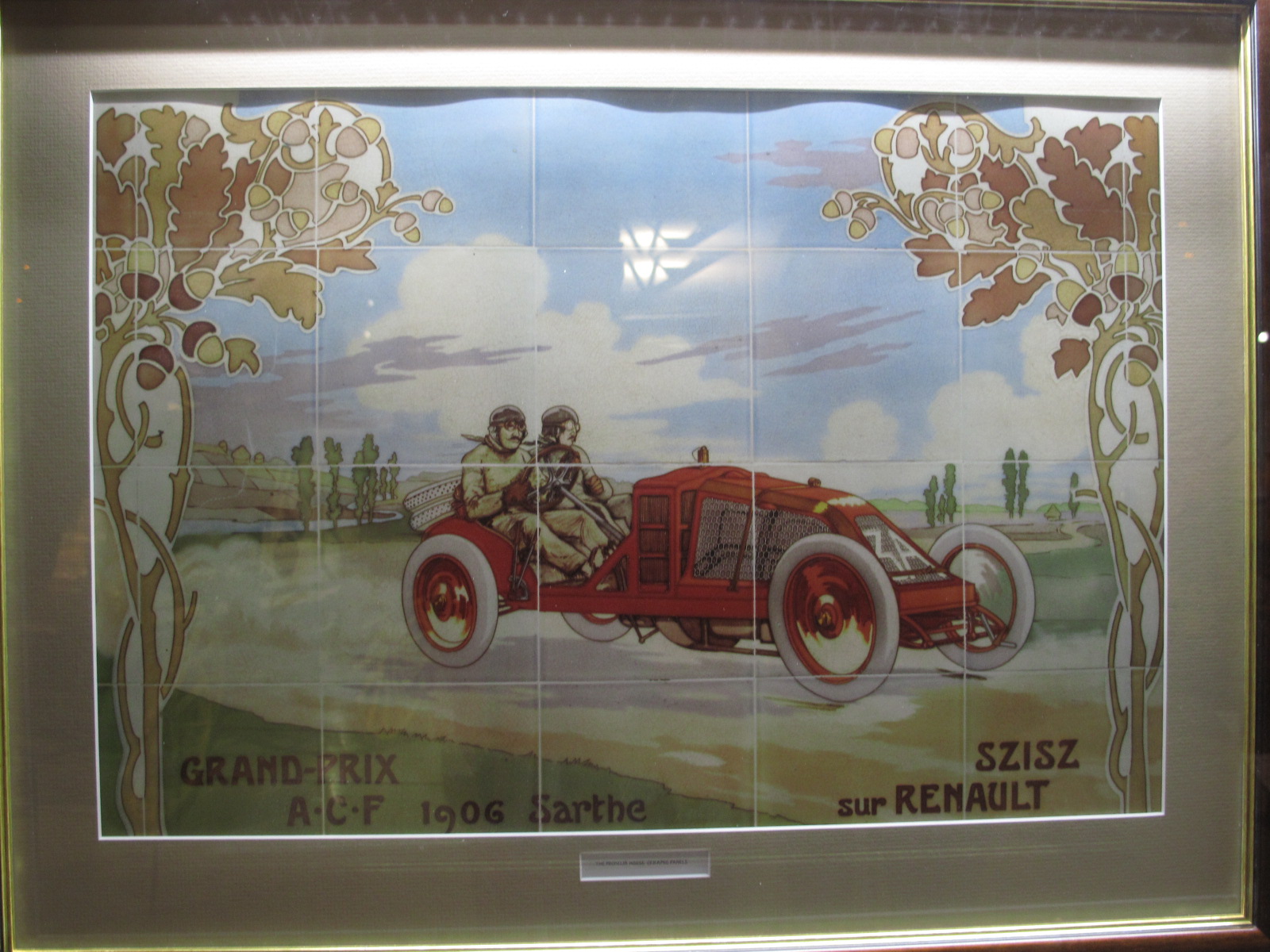
Az utolsó években tovább folyt levelezés, érkeztek fotók is Keszthelyre.
Efféle leveleket kaptak kézhez a hazaiak:
4 Decembere 1930
Kedves Rozika et Feri
Kedves leveleteket megkaptuk és nagyon köszönjük jó kívánságaitokat és különösen a figyelmeteket hogy a névnapomra gondoltatok – nálunk francia országban a névnap nem nagy ünnep de daczára annak mi megünnepeljük mert deczember harmadikán Ferencz napja van és negyedikén Betty nevenapja és születésnapja is – így aztán az egész ünnepek együtt vannak. Vasárnap este András és Mariska nállunk vacsoráltak és már megkezdtük az ünnepet.
Jó újságot nem írhatok nállunk az üzlet roppant rosszul megy –
A levél végén ezúttal is, mint mindig, az aláírás:
Feri és Betty
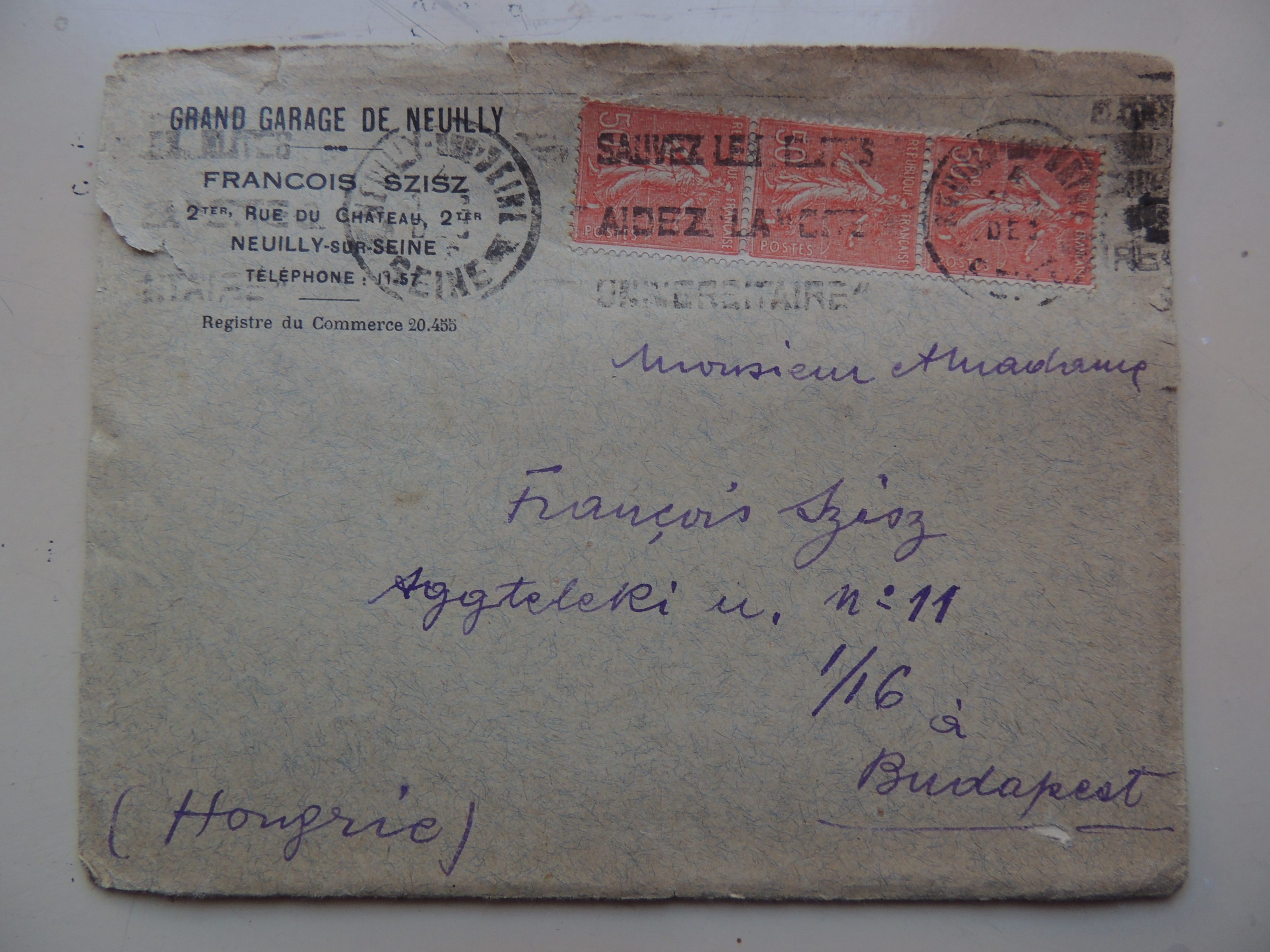
Jó kérdés, hogy a magyarországi Szisz-rokonok mennyire voltak tisztában, hogy milyen különös és egyben világra szóló sikert ért el egykor az ő „Feri bácsijuk”. Igazából nem voltak tisztában az 1906-os győzelem fontosságával. Amit láttak, érzékeltek, hogy odakint vitte valamire, jól meg a sora, tehetős ember lett belőle odakint. Nem mint híres autóversenyzőt tartották számon, hanem mint gazdag nagybácsit. Büszkék voltak rá, elvégre a mi vérünk, hiszen Becsületrendje volt, ugyanakkor a nagy háborúban Franciaország ellenség volt, és ő meg ott éldegélt…, és bizony akkoriban még ez is számított kissé valakinek a megítélésében.
A család ifjabb generációjához, Szeghalmi (Szisz) Ferenchez 1947-ben jutott el egy értesítés arról, hogy Szisz Ferenc meghalt. Valószínű, hogy felesége, Betti néni küldhette, még az is lehet, hogy közvetlenül Szisz 1944-es halála után, csak a levél a háború miatt kallódott valahol sokáig. Szeghalmi (Szisz) Ferenc a Gyulán élő nővérének küldte tovább, hogy ők is tudjanak a hírről, ahol aztán ez a papír végleg elkeveredett.
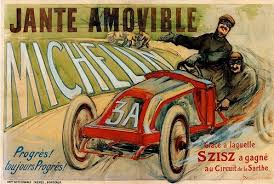
Egy szó, mint száz, a magyarországi Sziszek tudomásul vették Feri bátyjuk halálát. Nem is nagyon hozakodtak vele elő sehol, hiszen az 1950-es években nem volt nagy pozitívum egy „nyugati, kapitalista” rokon. Elég bajuk volt, hogy az itthoni Szisz nagyapa, a versenyző Ferenc testvére, kocsigyártó volt, azaz vállalkozó, aki jómódban élt Dobozon, a Wenckheimek szolgálatában. Az erdőmérnök Szeghalmi (Szisz) Ferenc káderlapján ez nem festett volna túl jól, hogy az apja szintén efféle, kapitalista-gyanús elem volt, de egy félreértés folytán a „kocsigyártót” valaki munkásként értelmezte, és így nem lett belőle galiba.
Az 1950-es évek közepén felbukkant a történetben egy érdekes figura, az ál-Szisz. Tiszaszentimrén élt egy Szisz Ferenc nevű csősz, aki, amikor először megkeresték azzal, hogy ő lenne-e az első Grand Prix nyertese, ösztönösen megszimatolta a nagy lehetőséget. Simán elvállalta, hogy ő az egykori győztes.
Így aztán az újra felfedezett Sziszt elkezdték mutogatni. Ráadásul a Renault-nak is a fülébe jutott, hogy az egykori hős él. Elég furcsa, hogy a franciák közül senki sem esett töprengésbe az esett fölött, hiszen Franciaországban Szisznek abban az időben már múzeuma volt, Auffargisban lévő sírjáról nem is beszélve, ugyanis fekete márvány síremléket mindig is a Francia Autóklub és a Renault Művek tartották karban.
Szóval, a Renault-vezetés az egészet bevette, sőt, eljöttek Budapestre. 1956-ban, a Nemzetközi Vásárra hoztak magukkal egy új Renault-t, be akarták ültetni az öreget, gondolván, örömet okoznak a híres versenyzőnek, hogy oly sok évvel a nagy kaland után megint tehet néhány kanyart a Gellért Szálló körül.
Ám az ál-Sziszről itt lehullott a lepel. Nem csak az derült ki, hogy nem beszél franciául, hanem az is, hogy tsz-csőszként biciklivel jár és életében nem vezetett autót. Ugyanis elérkezett a versenyző tiszteletköre, és egyben a végső lebukás pillanata. Mert az ál-Szisz ugyan magabiztosan beült, de nem találta sem a kuplungot, sem a gázt, sem a váltót, sem a kormányt, semmit. S ekkor kisült, hogy autót sem tud vezetni. Mégis, a tiszaszentimrei Szisz Feri bácsi pár fotó és néhány barátságos kézfogás erejéig sztár lett. A kínos ünnepségről Feri bácsi aztán már vonattal utazott haza Tiszaszentimrére, mert a franciák sietve és angolosan távoztak a magyar fővárosból.

A legenda mégis makacsul tartotta magát. Az Ifjúság, a katonafiatalok KISZ híradójának 1958. szeptember 28-i számában színes írás jelent meg, ezzel a címmel: A világ első Grand Prix bajnoka Tiszaszentimrén. Tamás György cikke így kezdődik: Öreg, szikár bácsika matat a tiszaszentimrei gyümölcsösökben, vizsgálgatja az ágakat, fürtöket. Munkája közben időnként felnéz, figyeli a szálló felhőket, az utcán játszogató gyerekeket, s ilyenkor gondolata a fél évszázaddal előtti napokat próbálja feleleveníteni.
A cikk ezek után elbeszéli Francois Szisz, vagyis Szisz Ferenc, alias „Szisz bácsi” életét. Az 1906-os történelmi győzelem krónikája még csak-csak stimmel, bár a végére itt már bekerült egy érdekes passzus, íme:
A nagy ünneplést (ti. a győzelemét) megzavarta egy kellemetlen közjáték. A német Karl Schmöllhaus, nem egészen sportszerűen, le akarta lőni a győztes Szisz Ferencet. Az utolsó pillanatban ütötték ki a vérmes versenyző kezéből a revolvert.
Megjegyzendő, hogy ez az eset valóban benne volt az verseny utáni francia hírekben, de kellett egy kis szenzáció, még a szocialista sajtóban is, hát elővették. Ami viszont nem maradhatott el, az az ideológiai történelemhamisítás. Ugyanis Tamás György (a tiszaszentimrei) Szisz életét ekképpen kanyarította:
Magyarországra hazatérve bekapcsolódott a munkásmozgalomba, s Horthyék alatt közel egy évtizedet ült a váci fegyházban – meggyőződéséért.
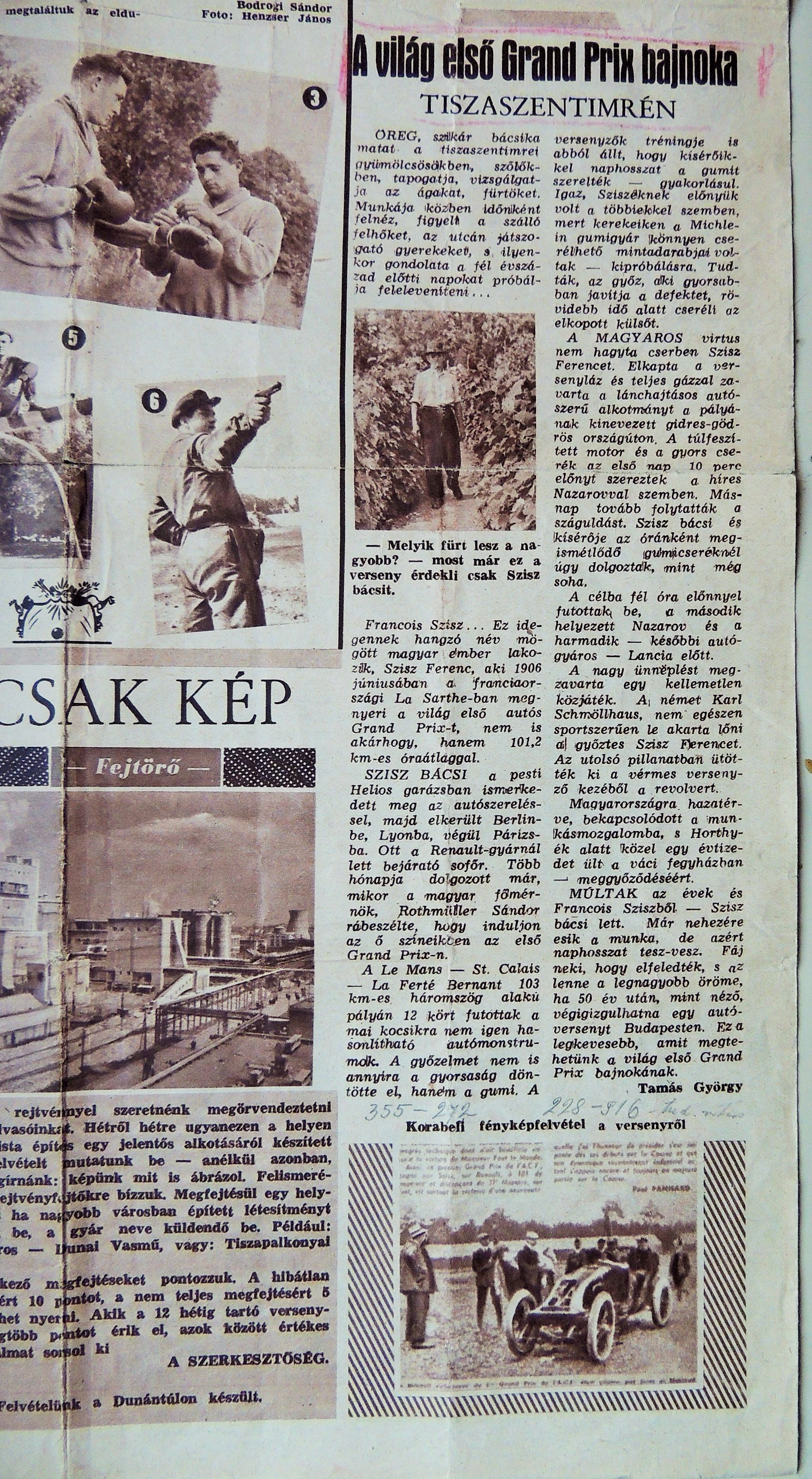
Szeghalmi (Szisz) Ferenc az Ifjúságban közölt cikket valószínűleg nem olvasta, de ugyanakkor első hallásra megörült a hírnek, hogy mégis, talán még él a nagybátyja. Ugyan tíz évvel korábban kézhez vették a halotti értesítést, de mivel a háború végén annyi hamis hír is keringett, és kerültek elő mégis holtnak hitt emberek, hogy arra gondoltak: az is lehet, hogy Szisz Ferenc mégsem halt meg!
Nem csoda, hogy rögvest elkezdett utánajárni a dolognak. Akkor ő már Budapesten élt a családjával, és a Földművelődésügyi Minisztériumban dolgozott. Hamarosan felkereste a tiszaszentimrei Szisz Ferencet, és az első pillanatban tudta, hogy nem lehet a nagybátyja, és nem rokon az illető. Bemutatkozott, csak annyit mondott, hogy „Szisz Ferenc vagyok,” mire az öreg megütődve nézett rá, és kikérte magának, közölte, hogy ő az igazi Szisz Ferenc! Még reklamálni is kezdett, hogy mit magyaráz neki a vendég, mire bejött a felesége, és legyintve csak annyit mondott, hogy nem kell vele foglalkozni, mert a férje egy alkoholista bolond…
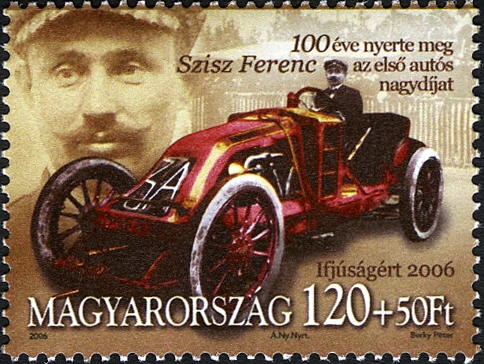
Szeghalmi (Szisz) Ferenc leveleket írt illetékes helyekre, az Autó Motor főszerkesztőjének, ám egykettőre értésére adták: jobb lesz, ha leáll az akcióival, ne forszírozza tovább ezt a politikailag kényes dolgot. Egy ideig valóban leállt, de aztán az 1960-as években újból tapogatózni kezdett. Ekkor kereste meg a Közlekedési Múzeumot azzal, hogy szívesen odaadná a Szisz-dokumentumokat – de csodák csodájára az intézménynek mindez nem kellett. Később a Haris-testvérek jelentkeztek nála, üzleti ajánlatot tettek, de ez esetben Szeghalmi (Szisz) Ferenc ódzkodott attól, hogy átadja a papírokat, leveleket, képeket. A nagy felfedezés végül is Esztervári Ervinre, az Autósélet újságírójára várt, aki 1986-ban, az első Forma-1-es Magyar Nagydíj évében kereste meg Szeghalmi (Szisz) Ferencet, és készített vele egy teljes oldalas interjút, ami a lap decemberi számában látott napvilágot.
Tény, hogy 2003-ben ugyan a Hungaroring bejárata előtt elhelyeztek egy autós Szisz-szobrot (alkotója Babos László), majd 2006-ban, a nagy győzelem 100. évfordulóján, Szeghalmon is emléket állítottak neki (Elek Imre műve), de Szisz Ferencnek ezzel együtt máig sincs különösebb kultusza hazájában. Nem lett belőle hungaricum, nevét alig ismerik - holott minden valamire való, az autóversenyzéssel foglalkozó kiadvány az ő nevével kezdődik szerte a nagyvilágban.

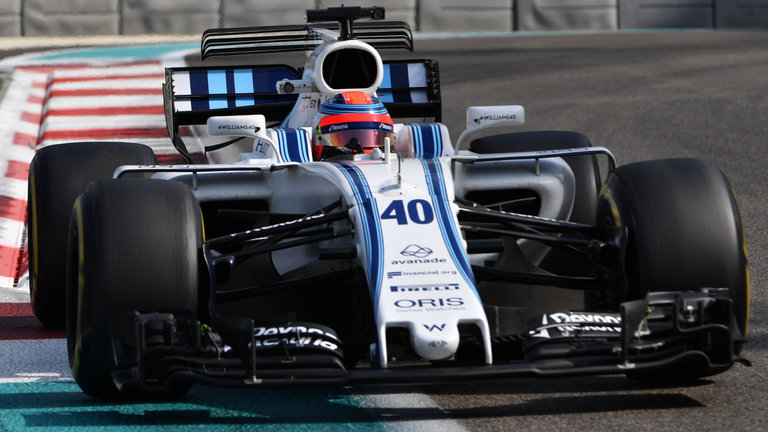
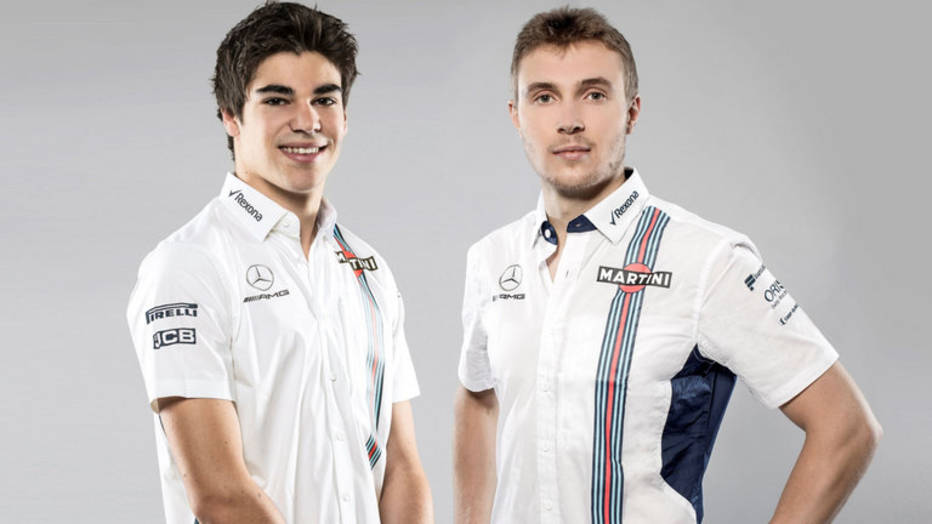
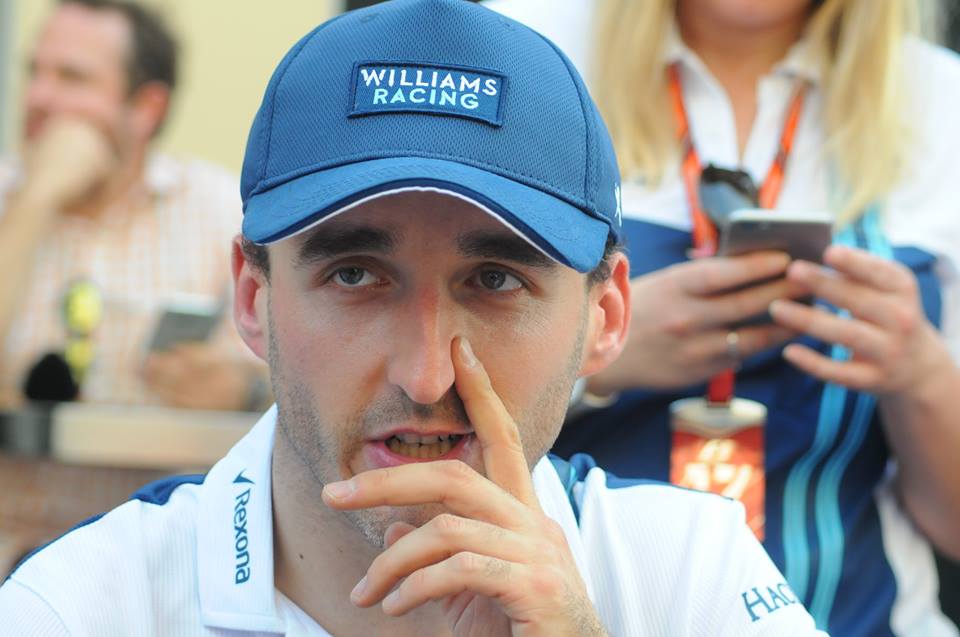

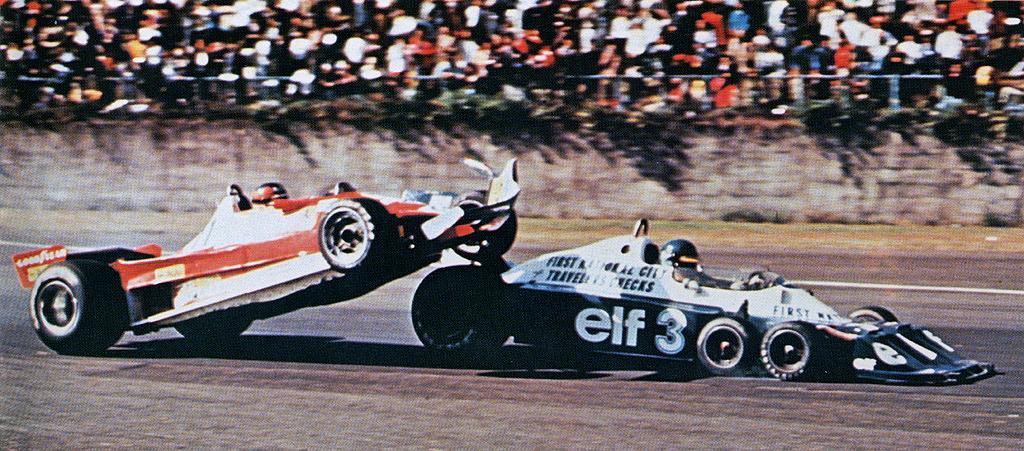
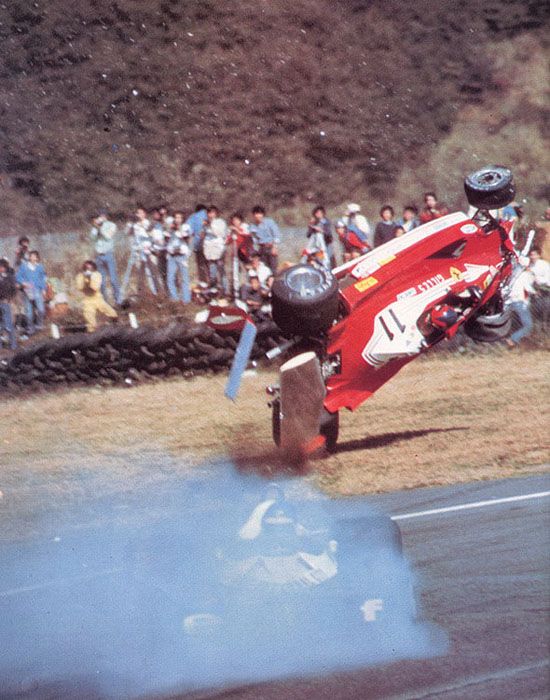
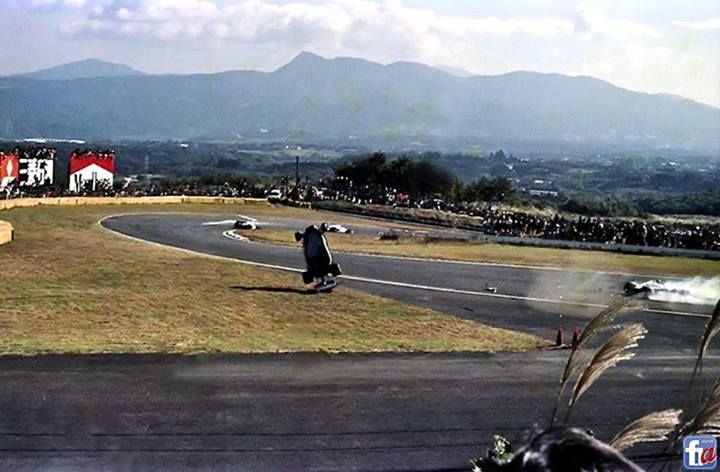
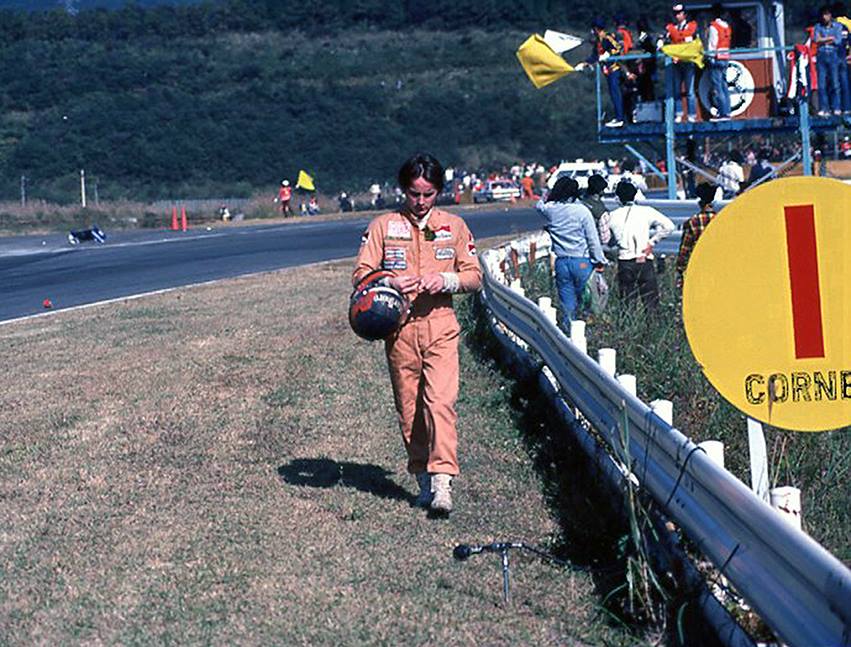

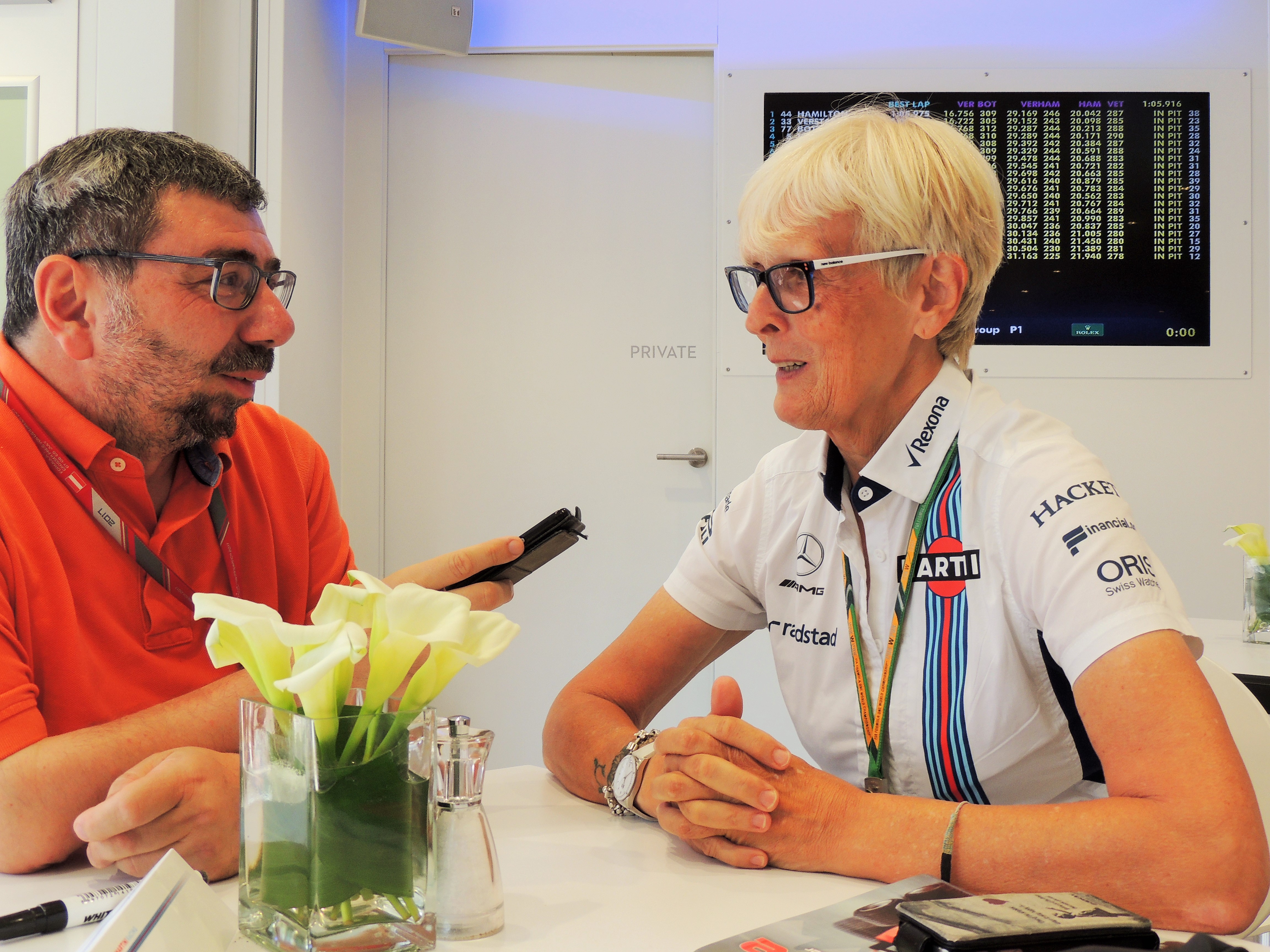 © Enikő Kulcsár
© Enikő Kulcsár